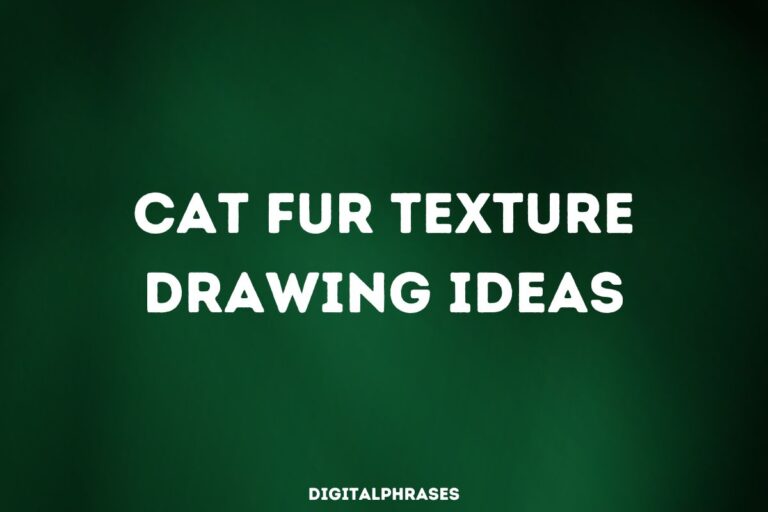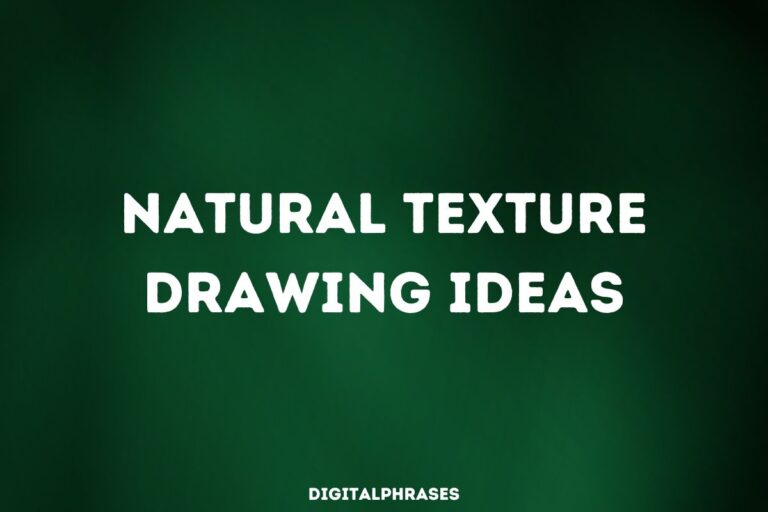89 Cartoon Drawing Ideas
We all have a kid inside us, don’t we?
I mean, those carefree days spent doodling in the margins of our notebooks or watching our favorite Saturday morning cartoons.
Drawing cartoons isn’t just for kids; it’s a creative outlet that lets us explore our imagination and bring whimsical characters to life.
In this post, we’ll dive into some amazing cartoon drawing ideas that can spark your creativity and help you develop your unique style.
From classic characters to imaginative new creations, there’s something here for everyone to enjoy.
So grab your sketchbook and let’s get started on this artistic adventure!
Sketches
1
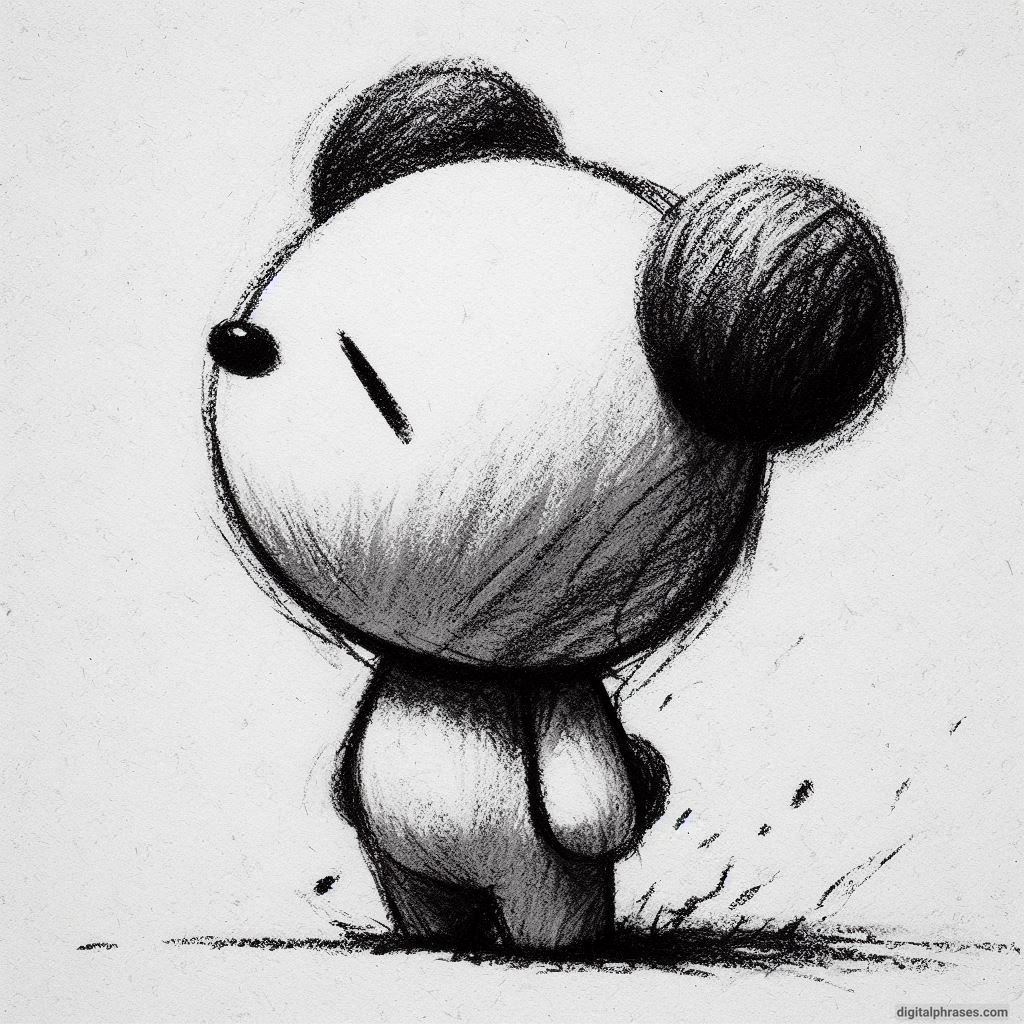
2

3
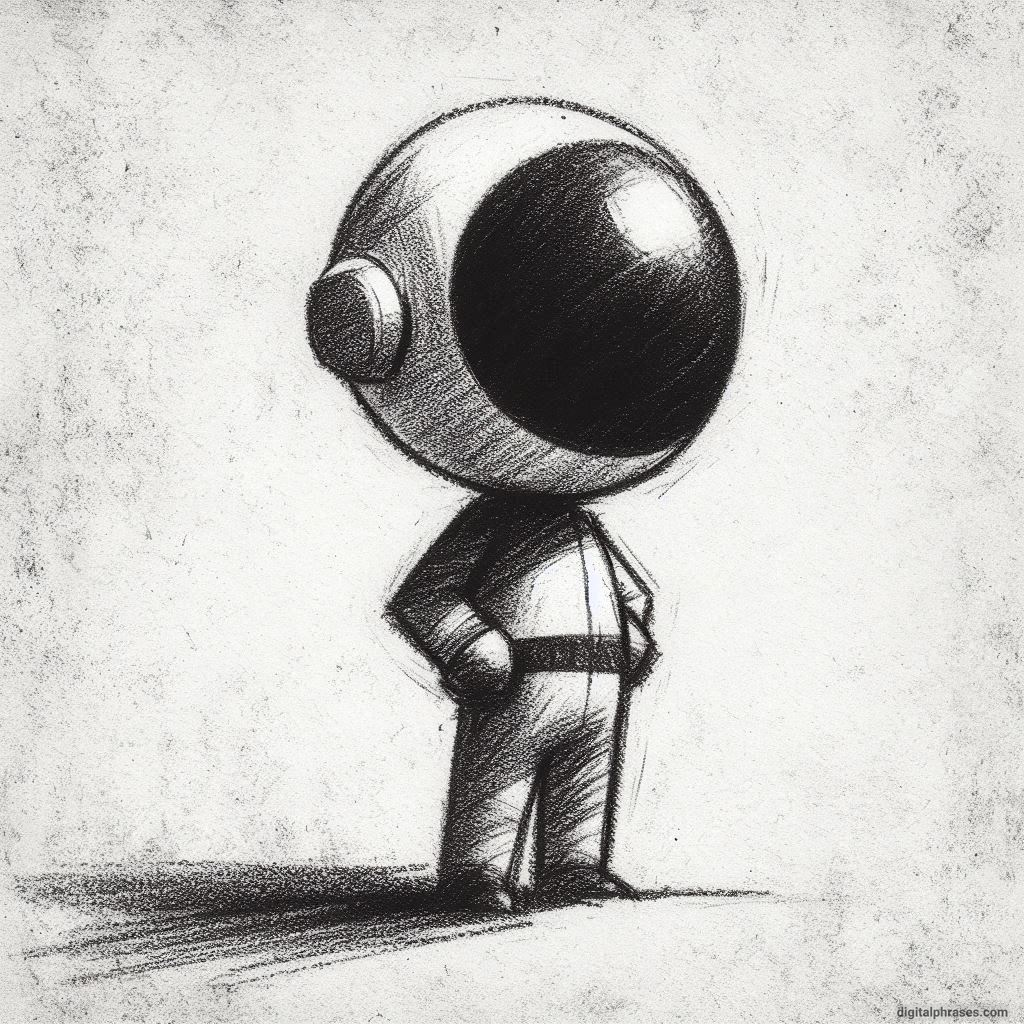
4

5
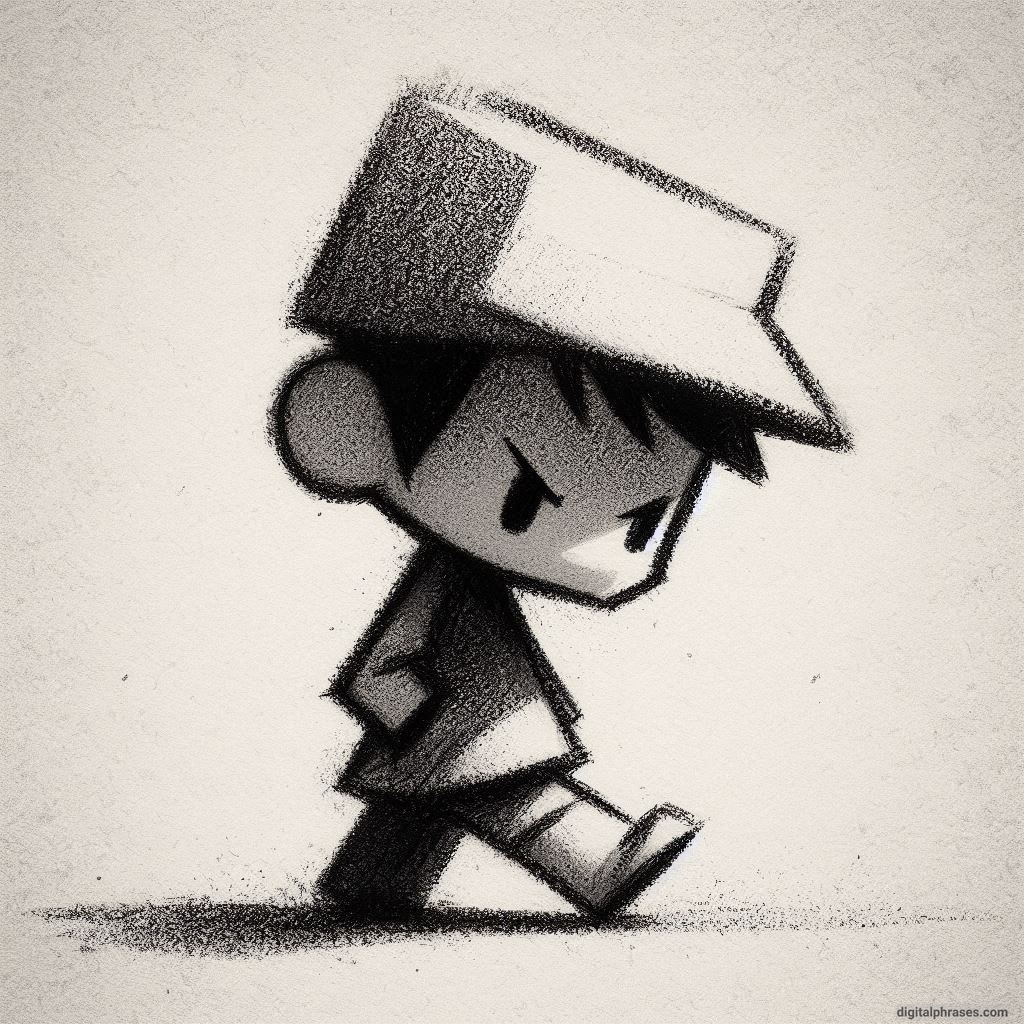
6
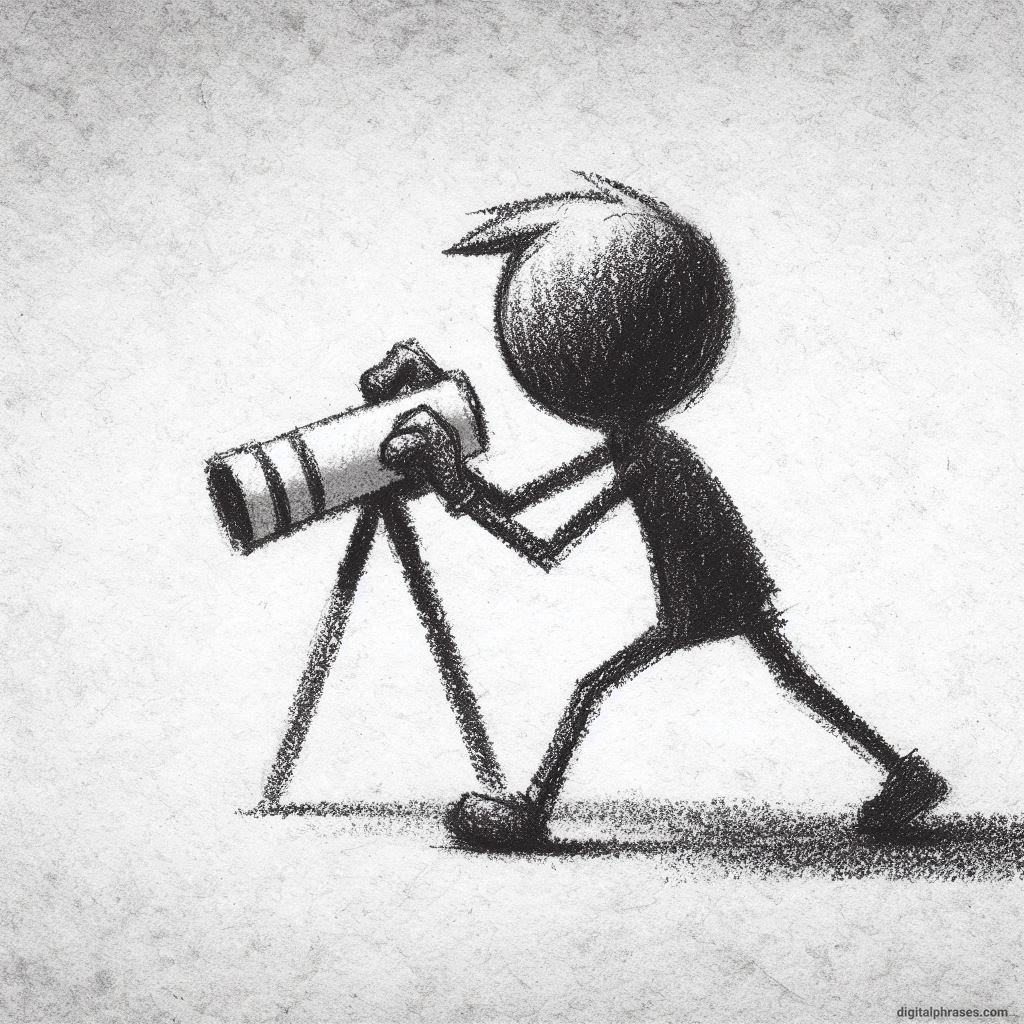
7

8

9
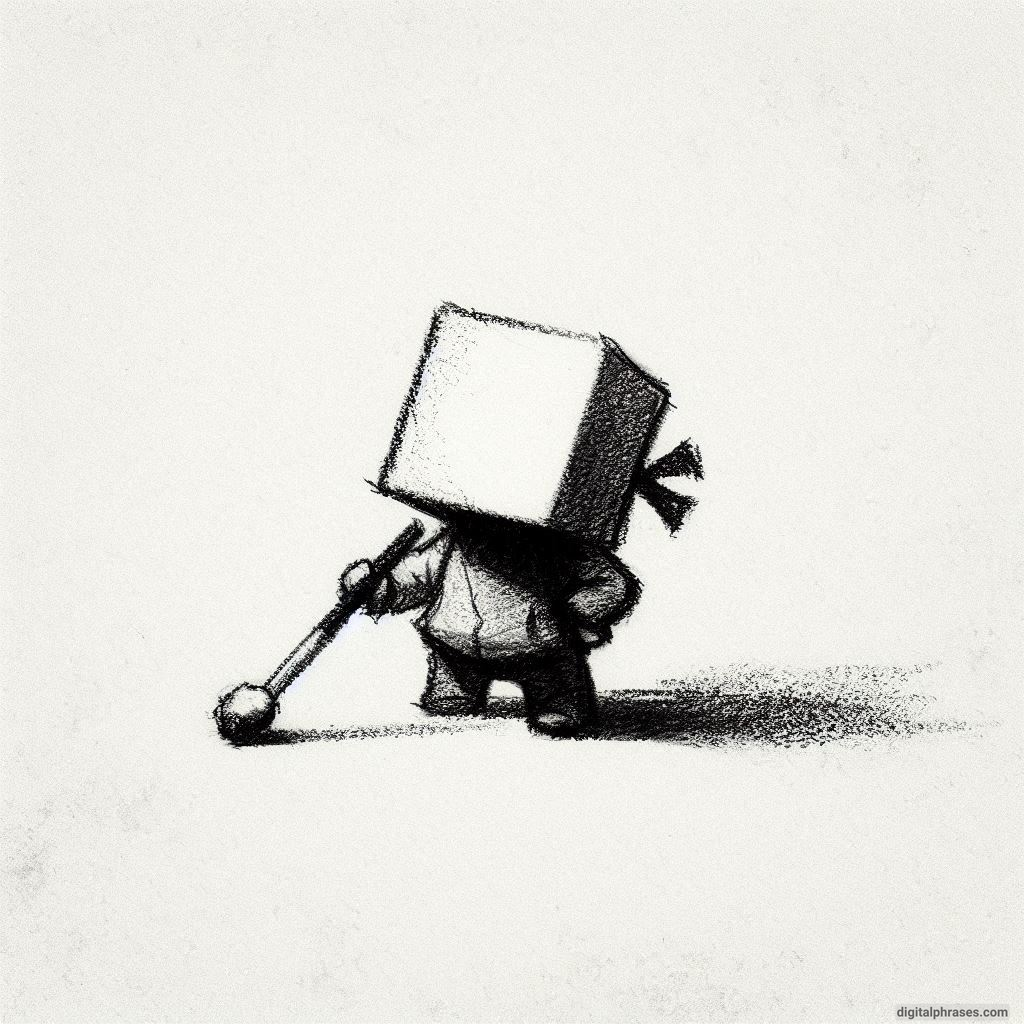
10
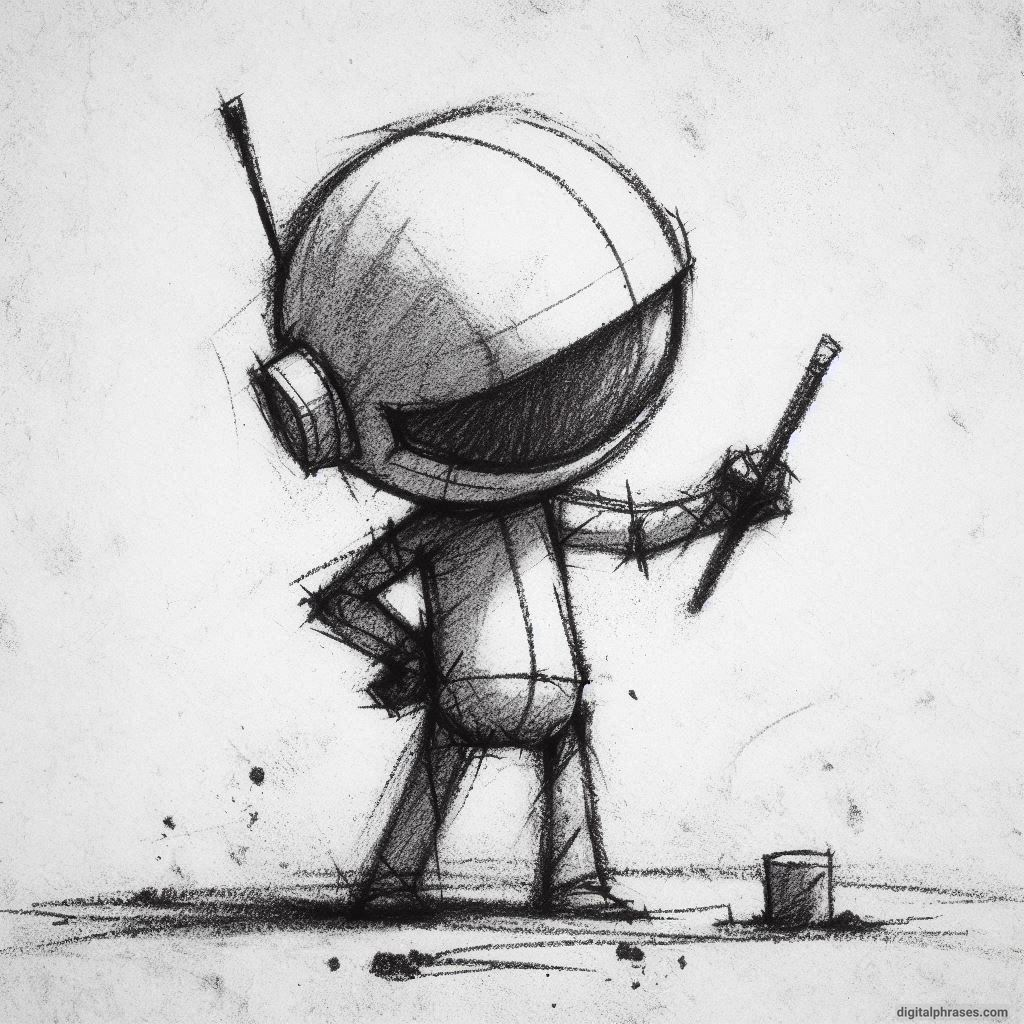
11
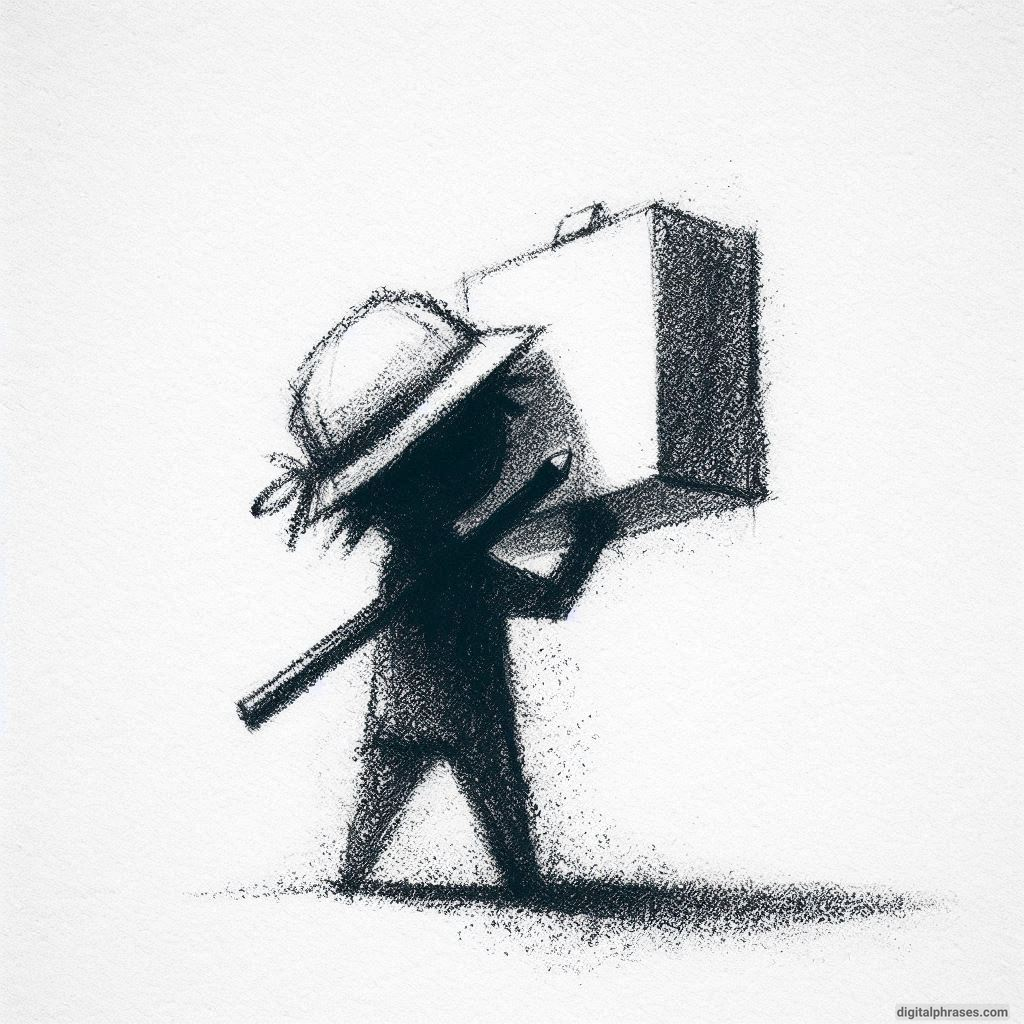
12

13

14
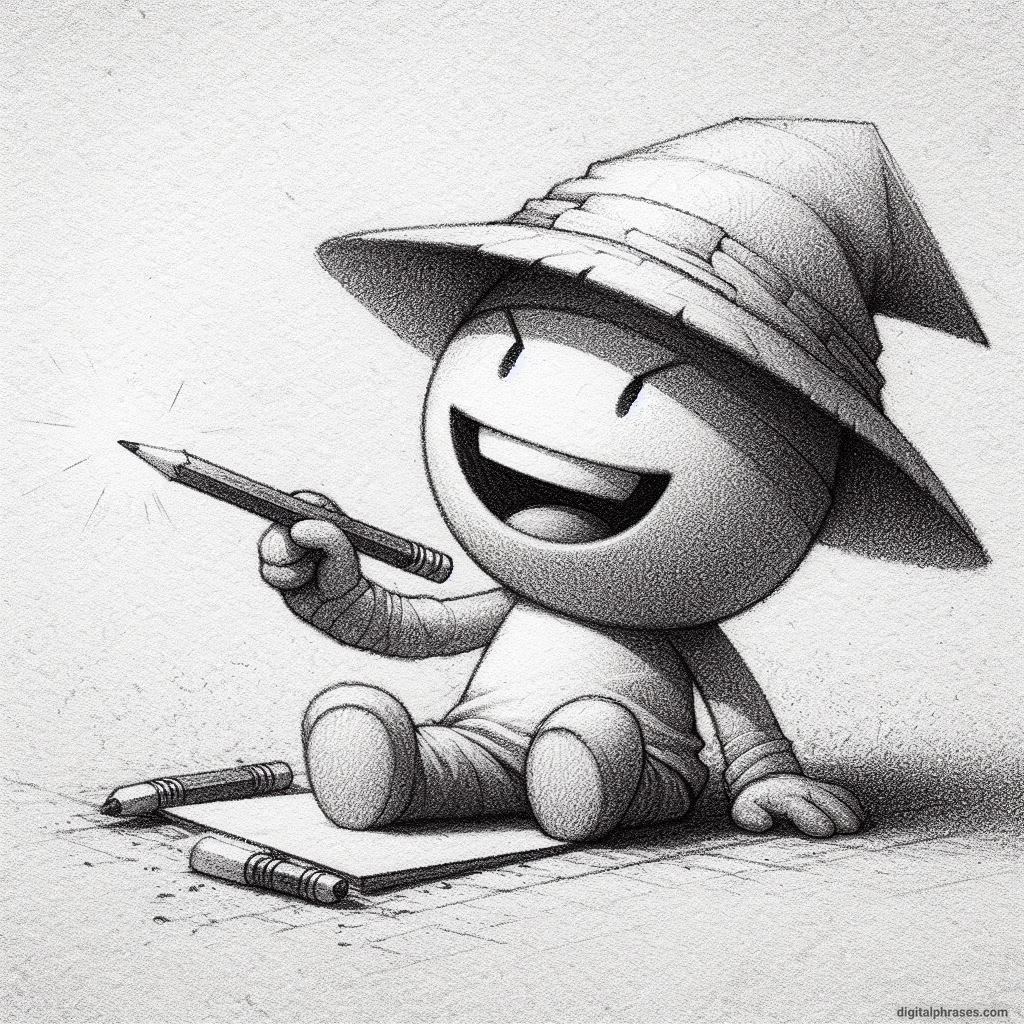
15
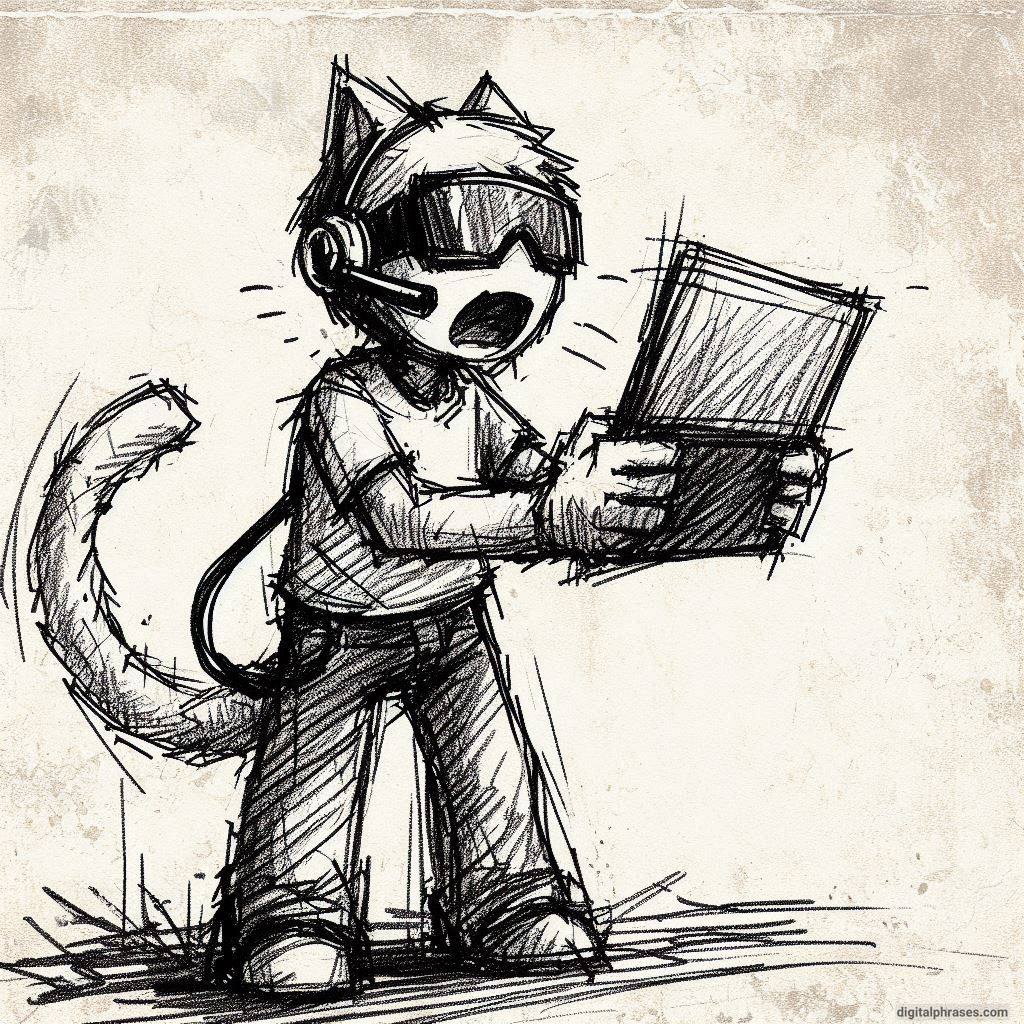
16

17

18
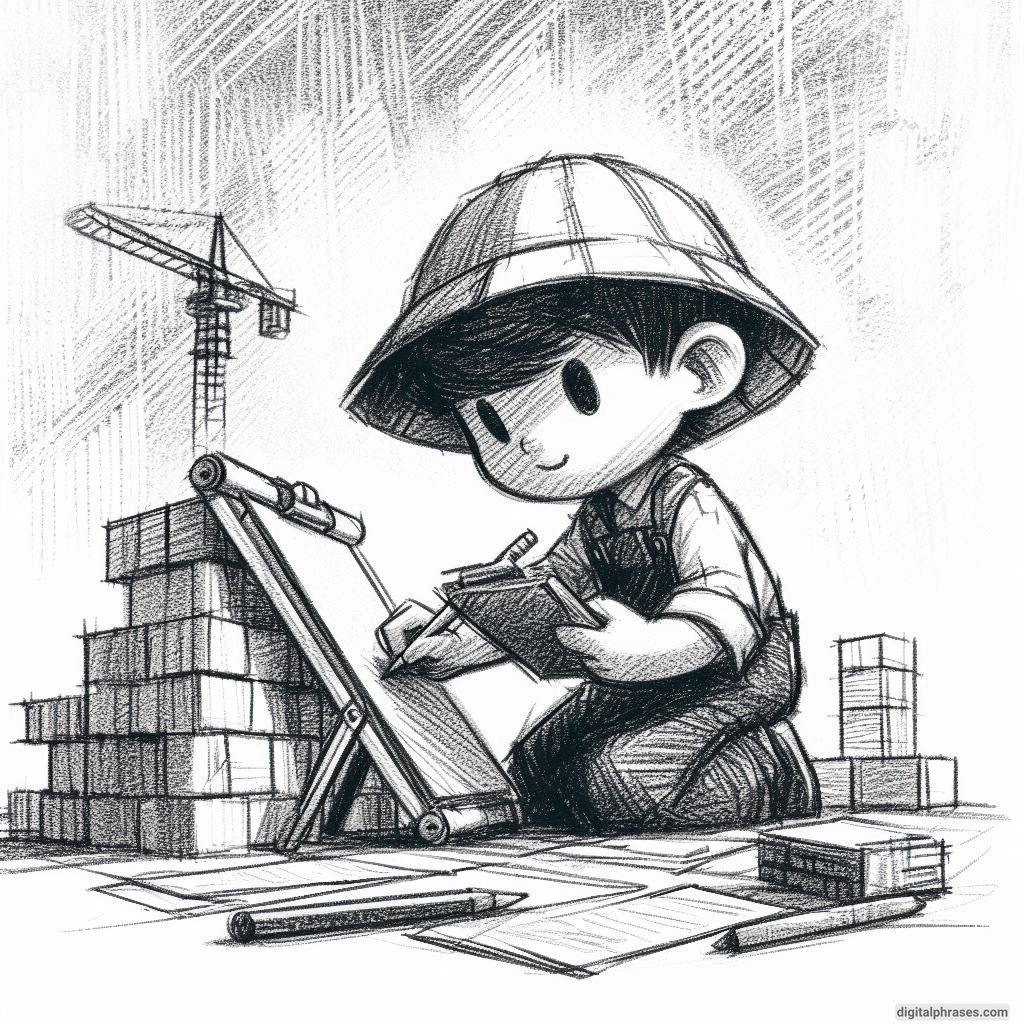
19
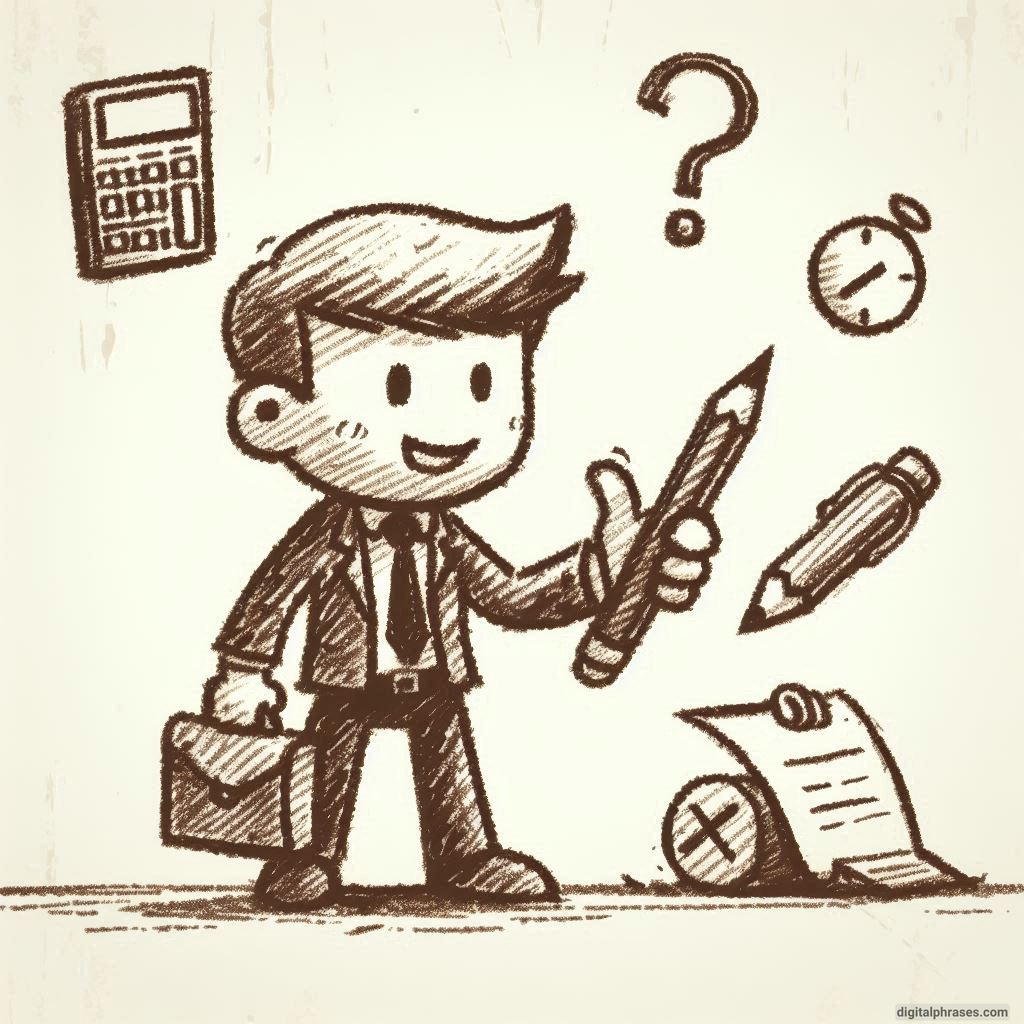
20
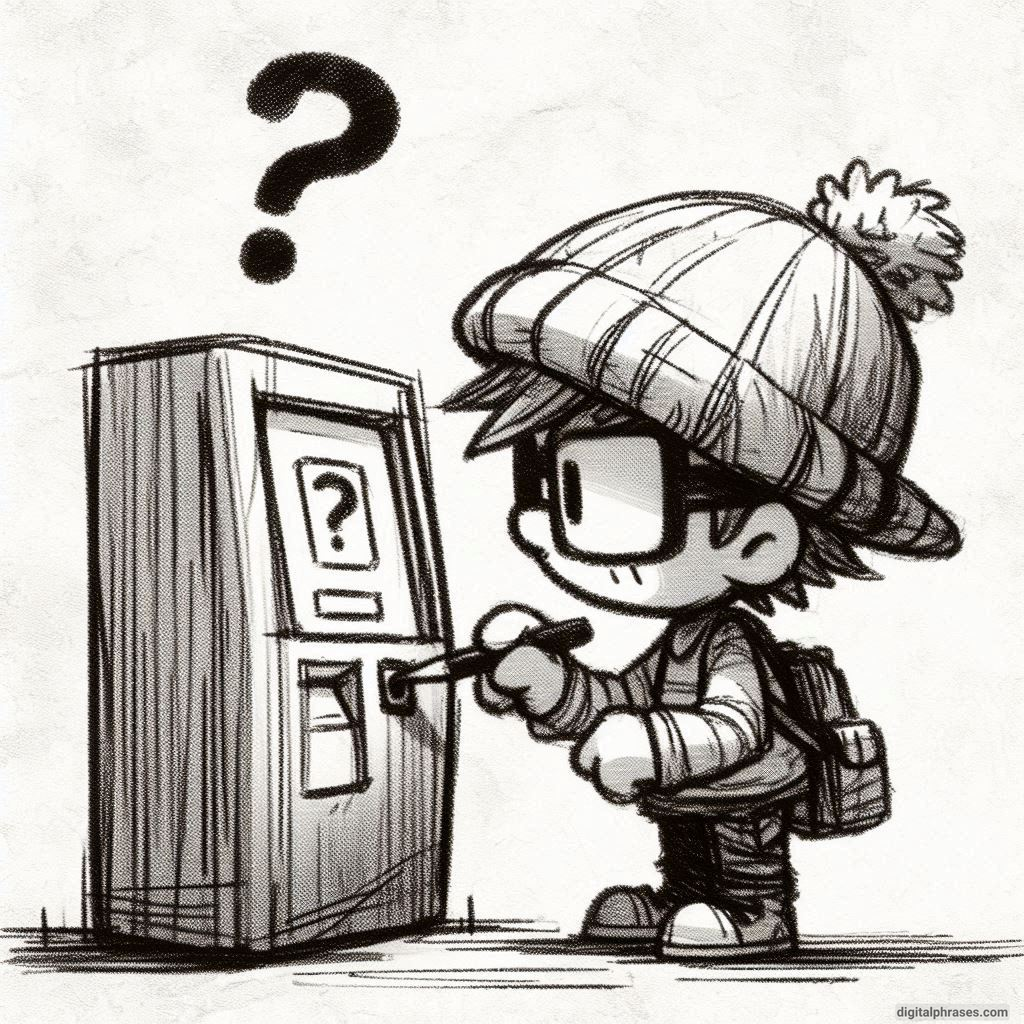
21
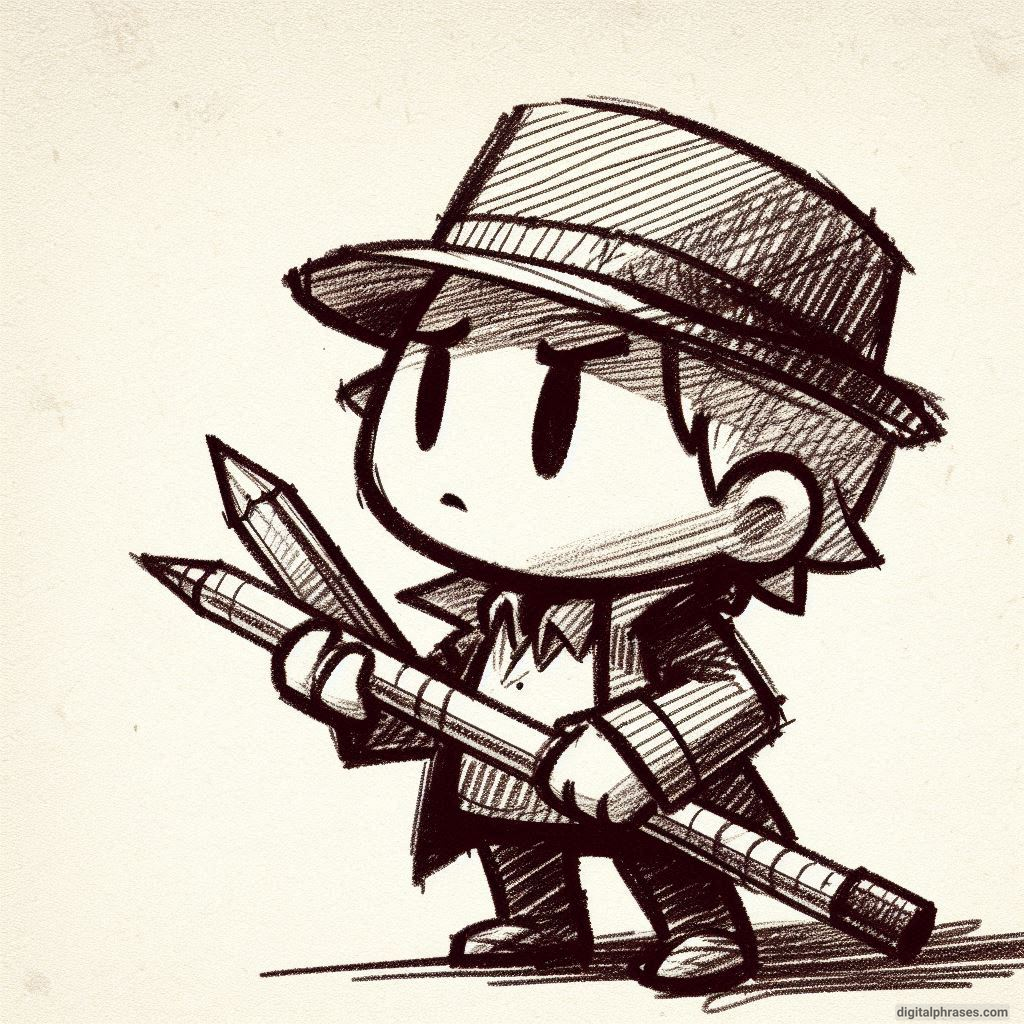
22
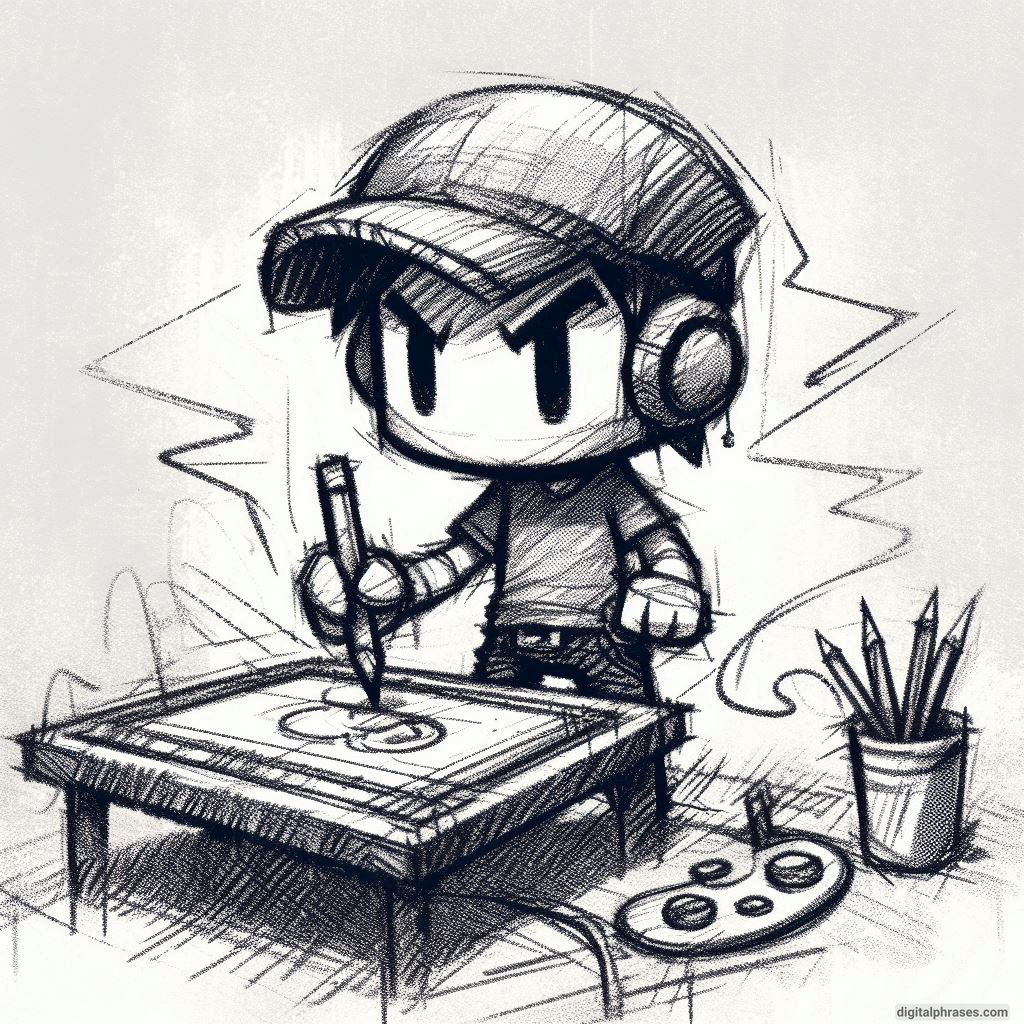
23
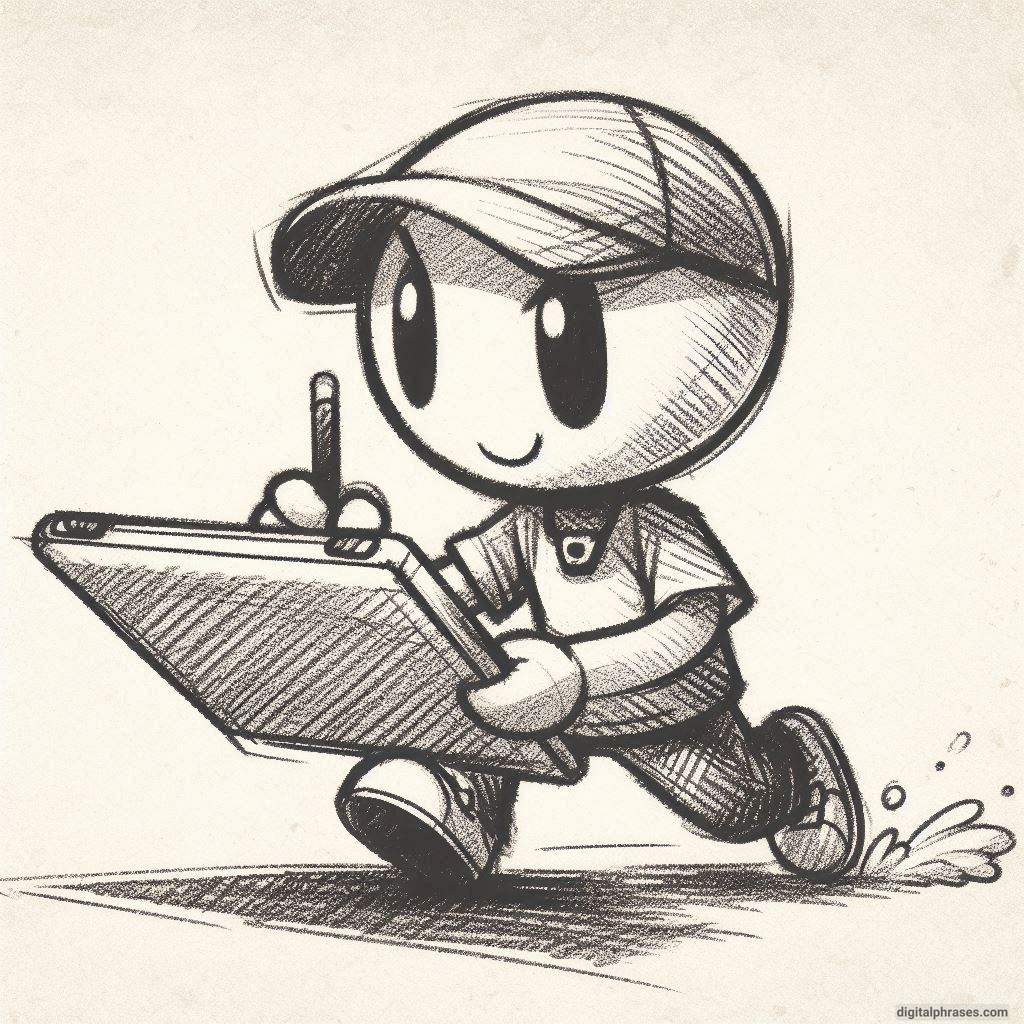
24
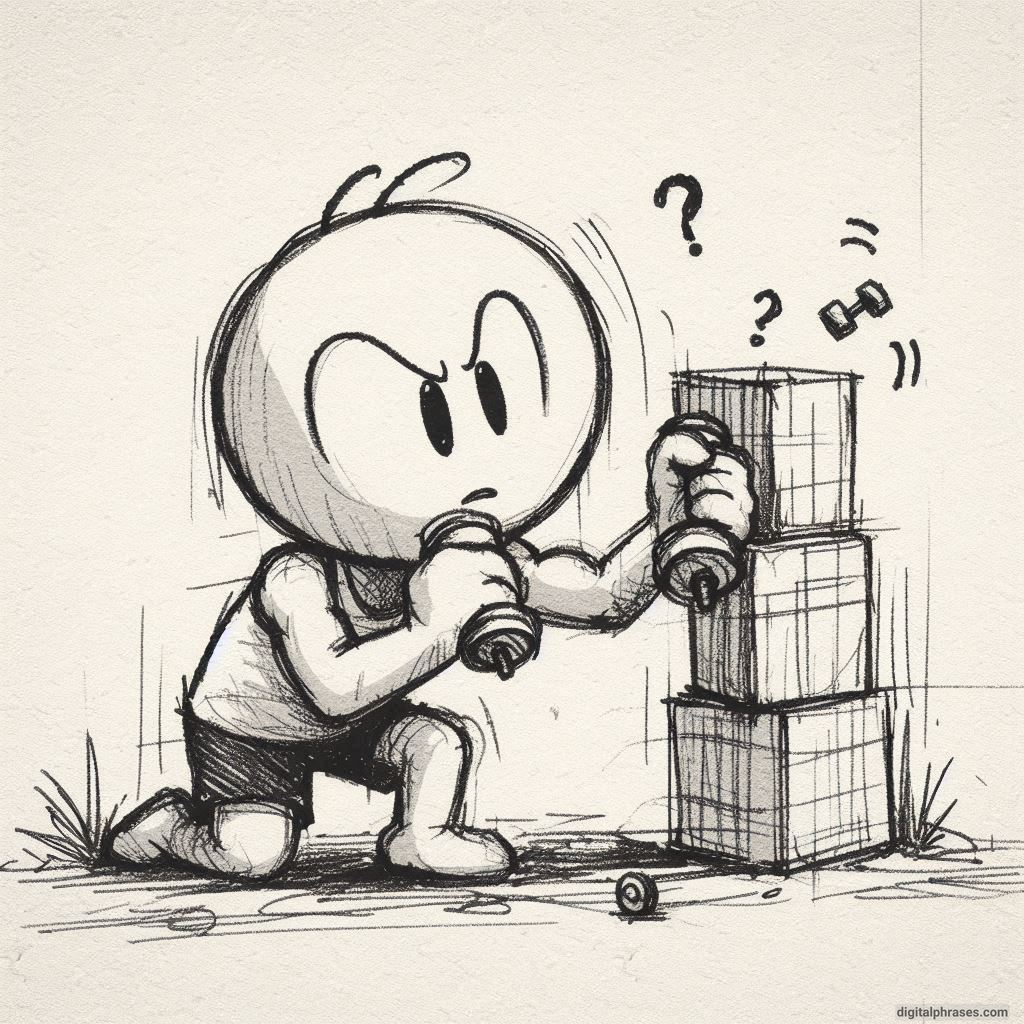
25

26
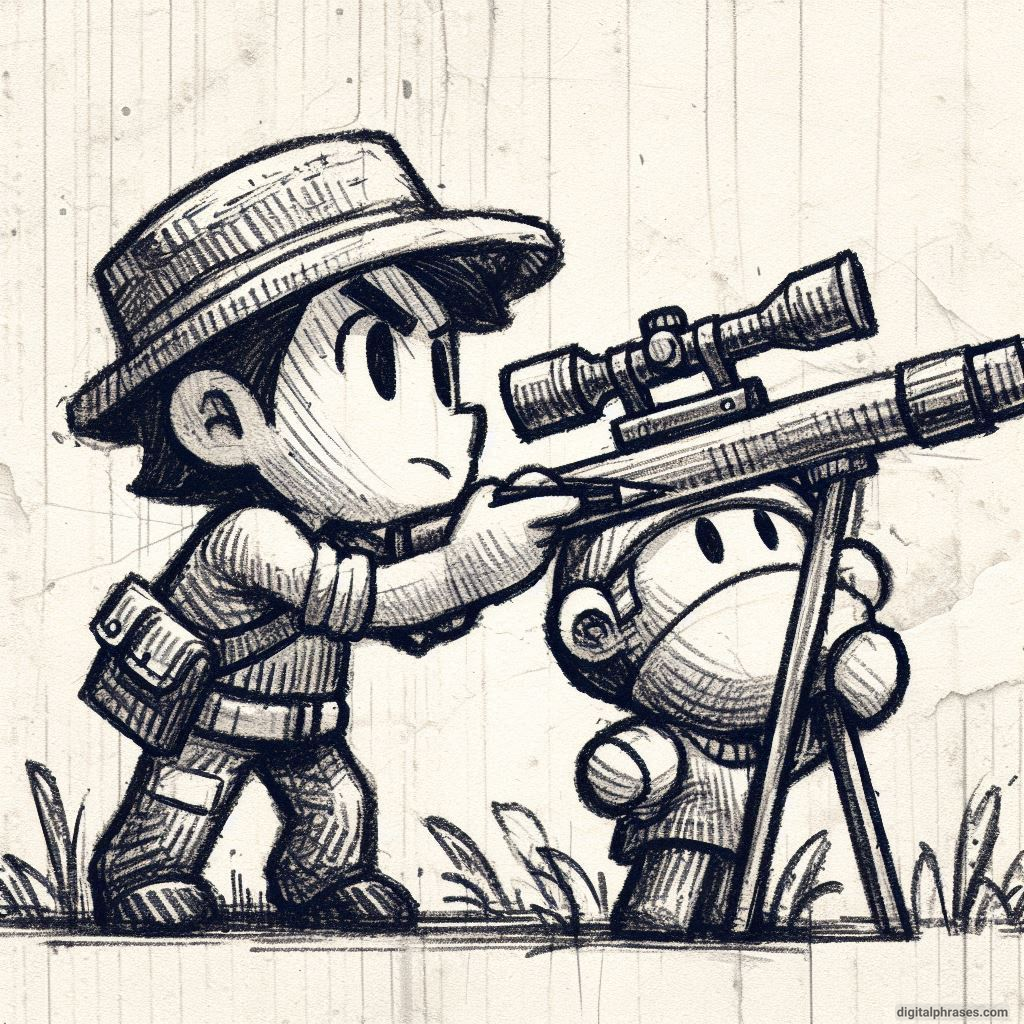
27
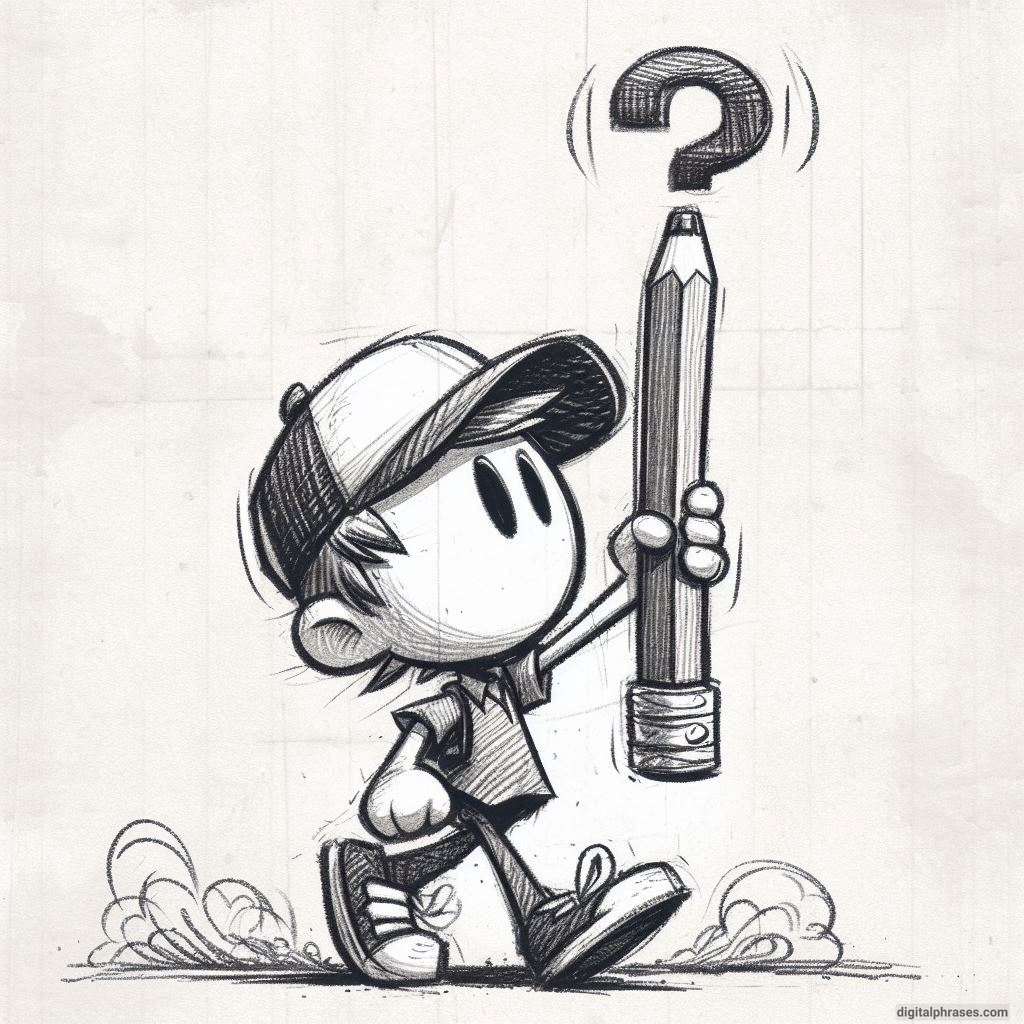
28
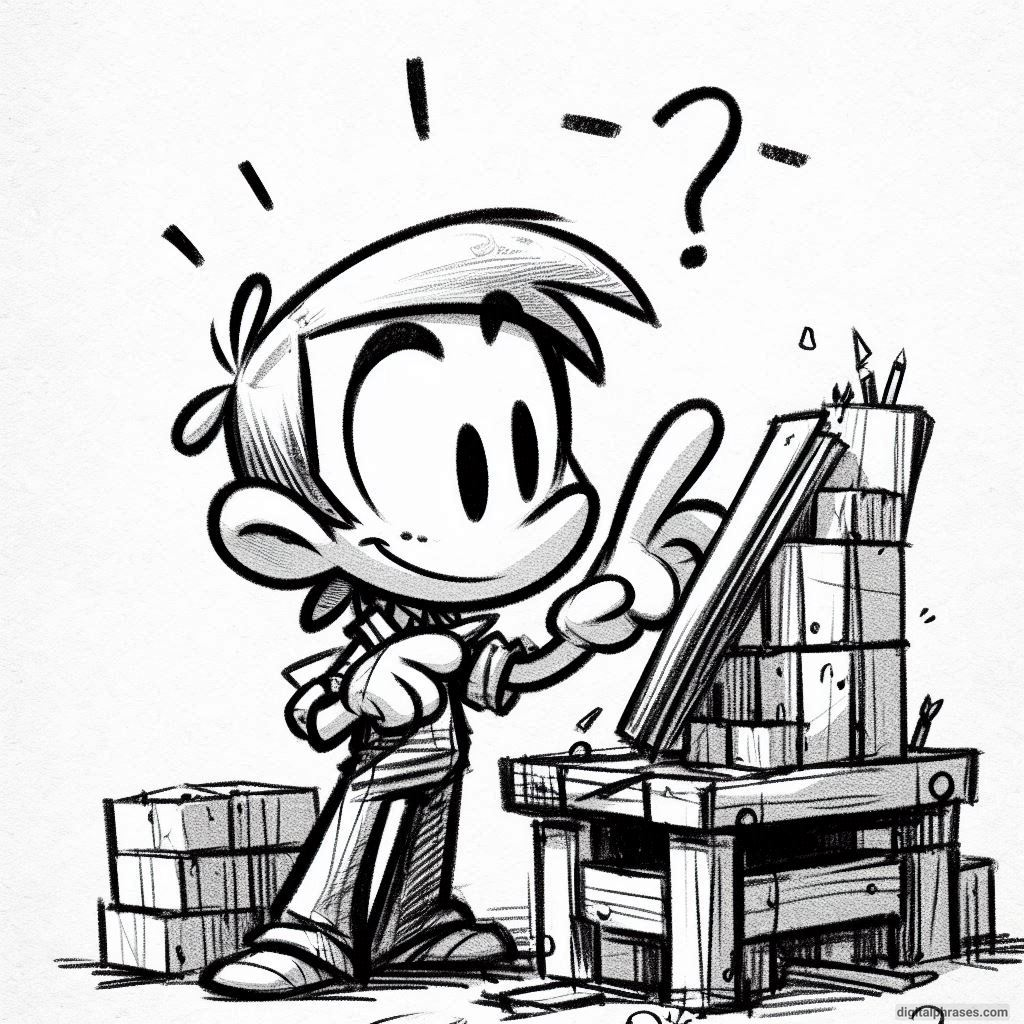
29
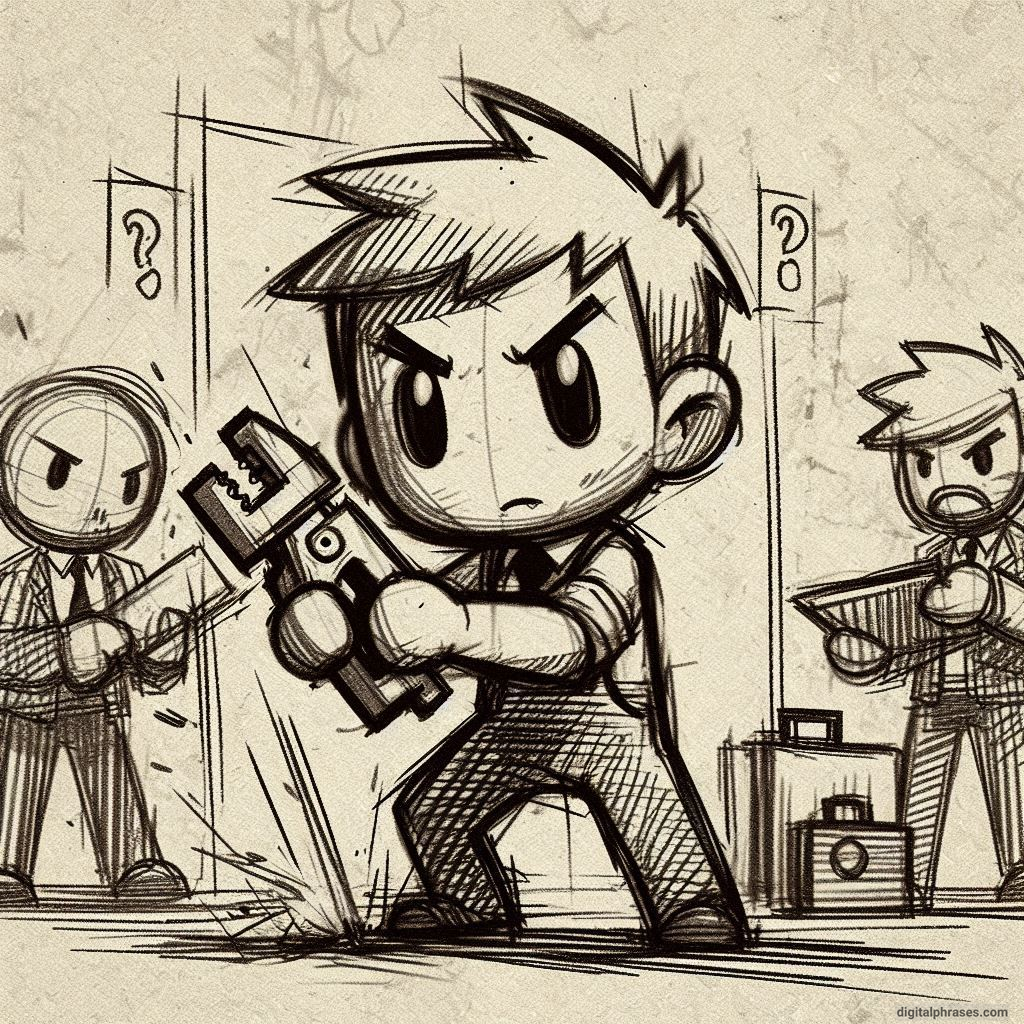
30
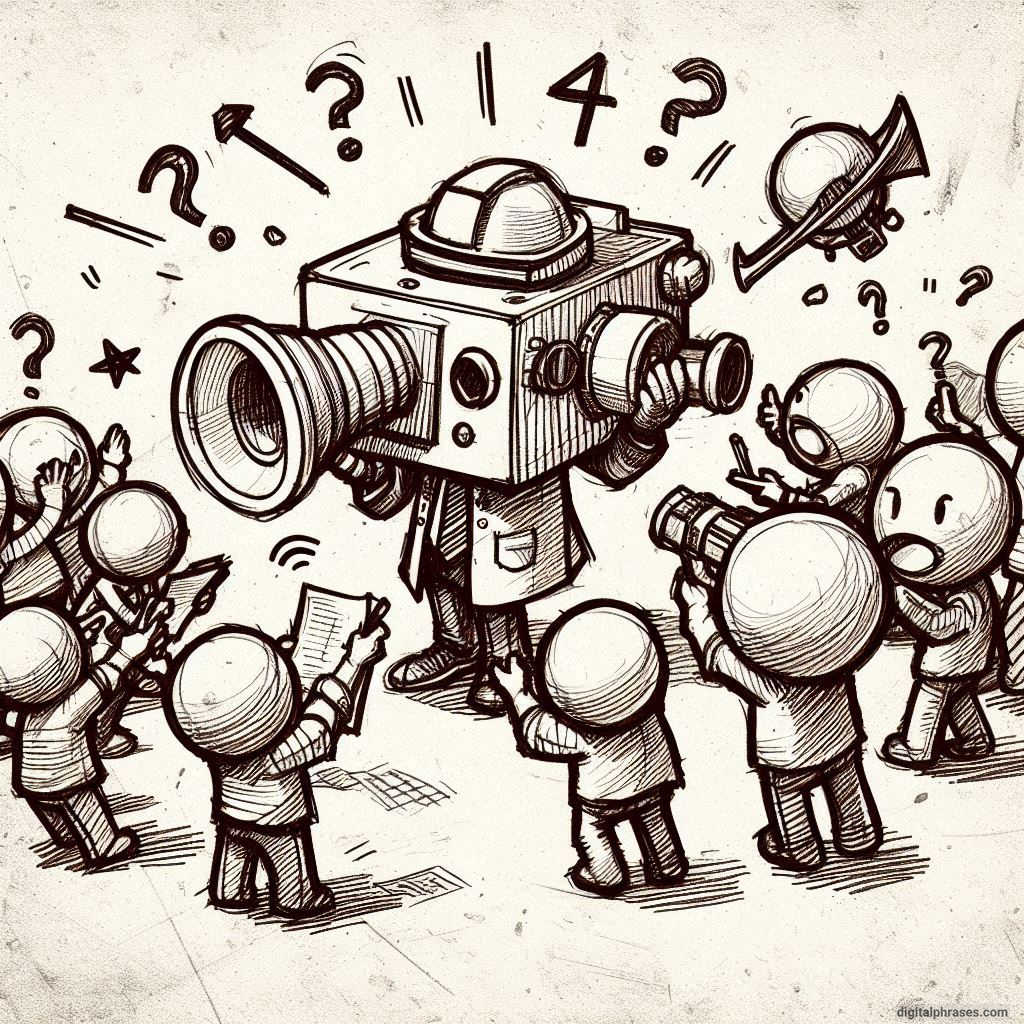
31
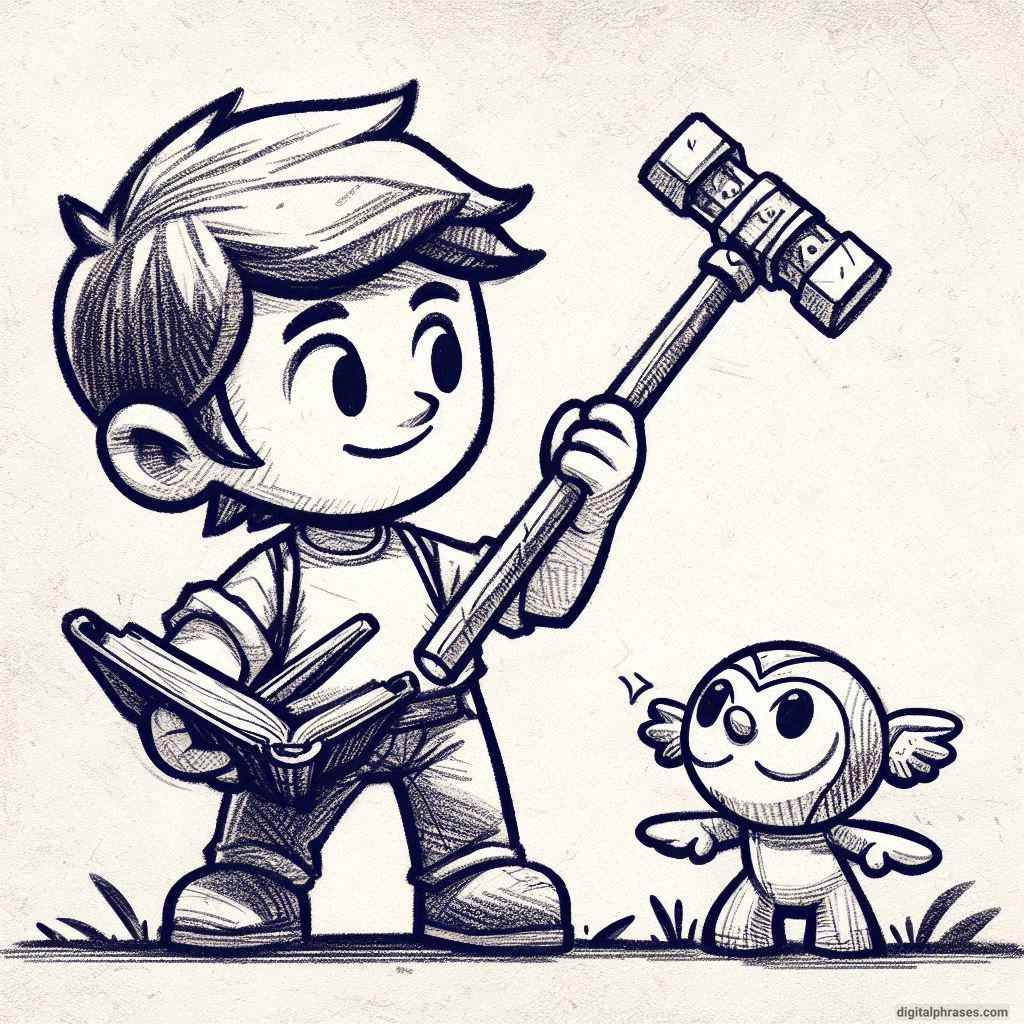
32

33
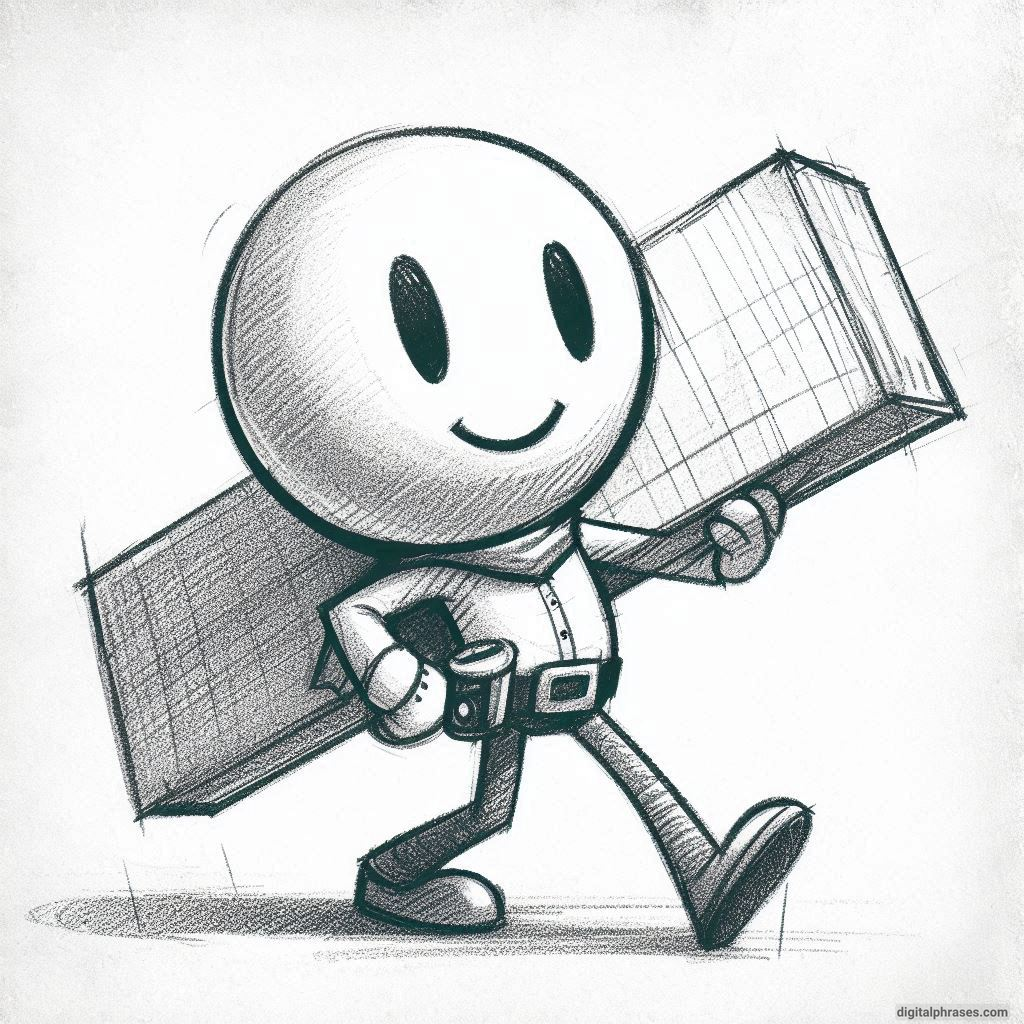
34

35

36
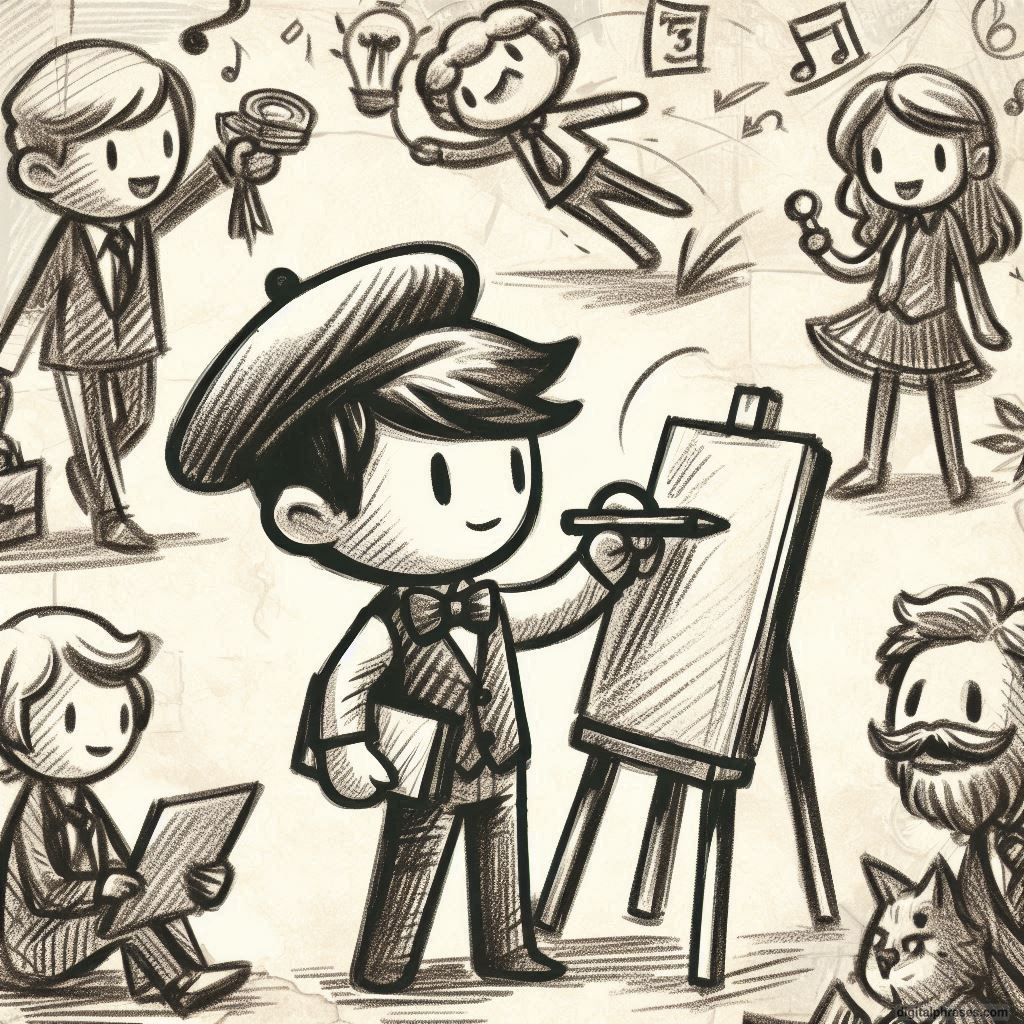
37
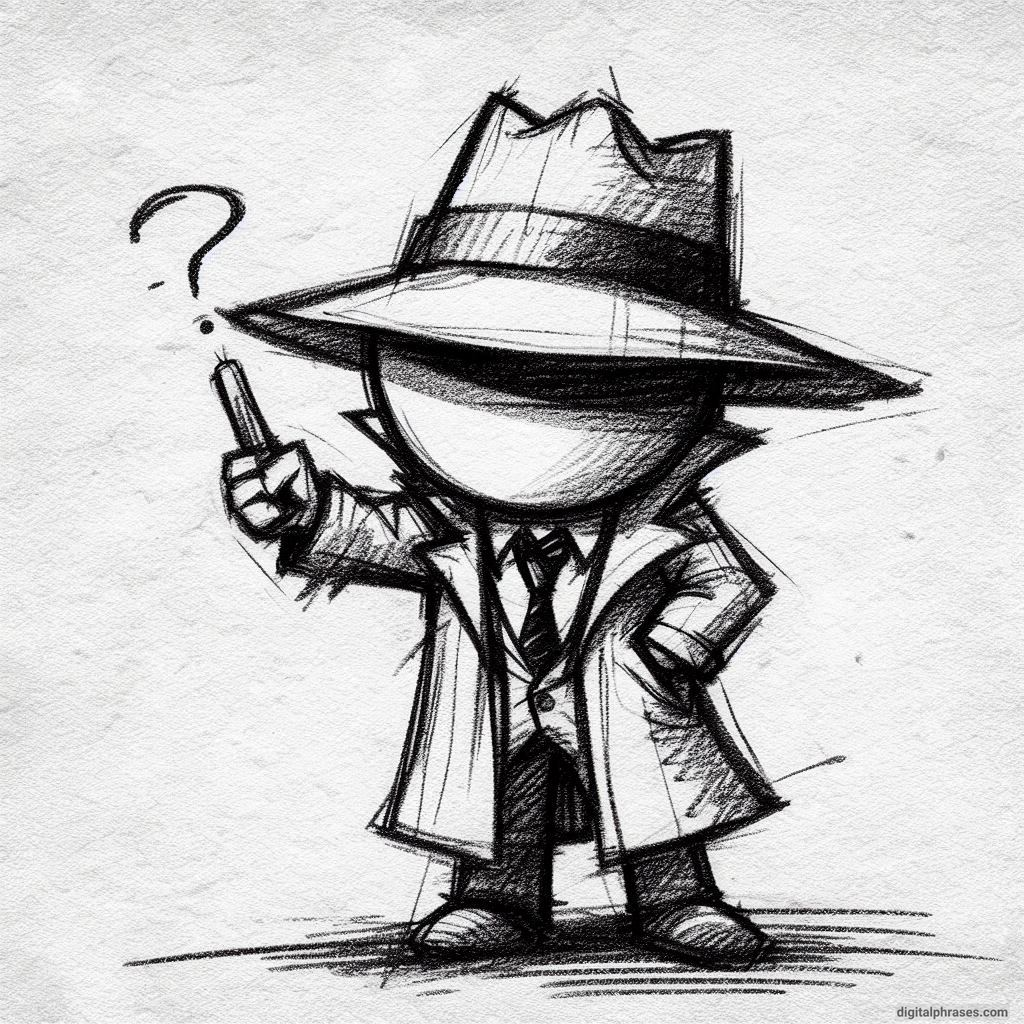
38
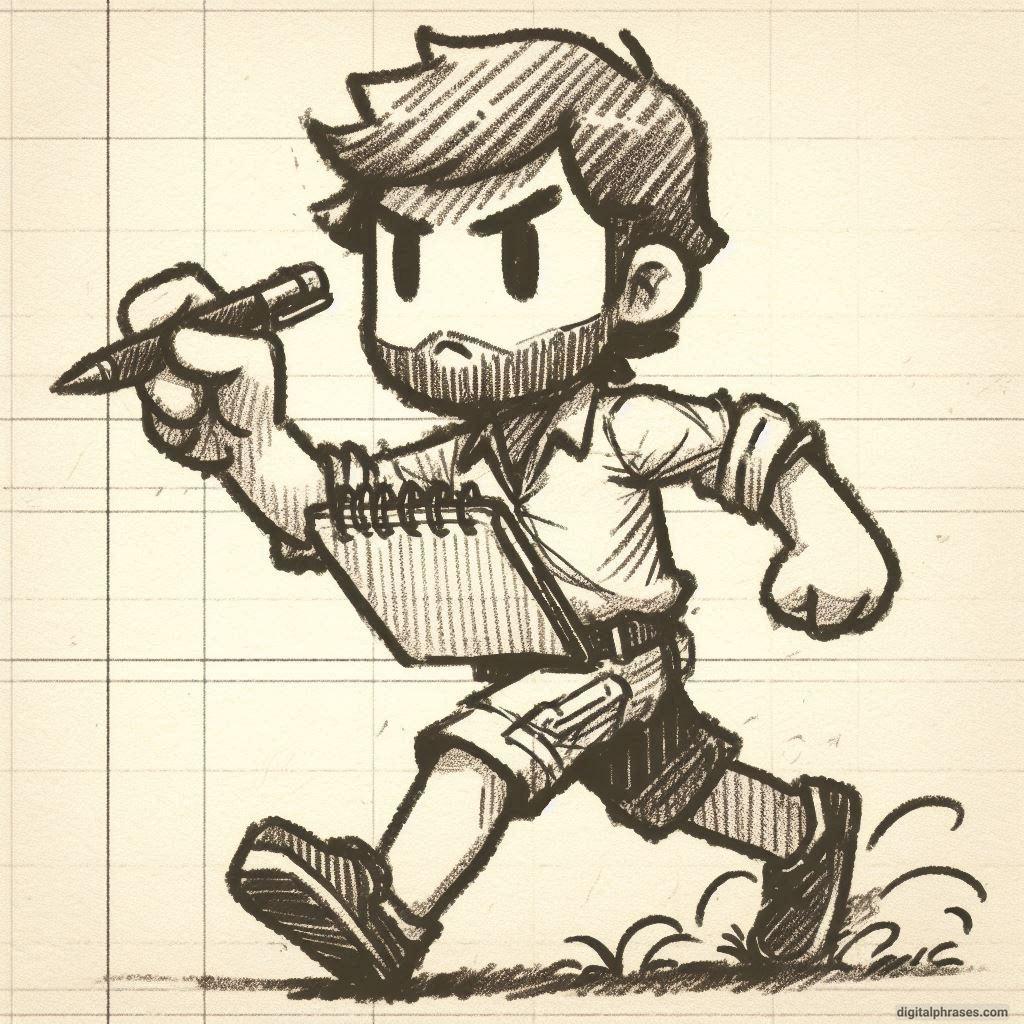
39

40
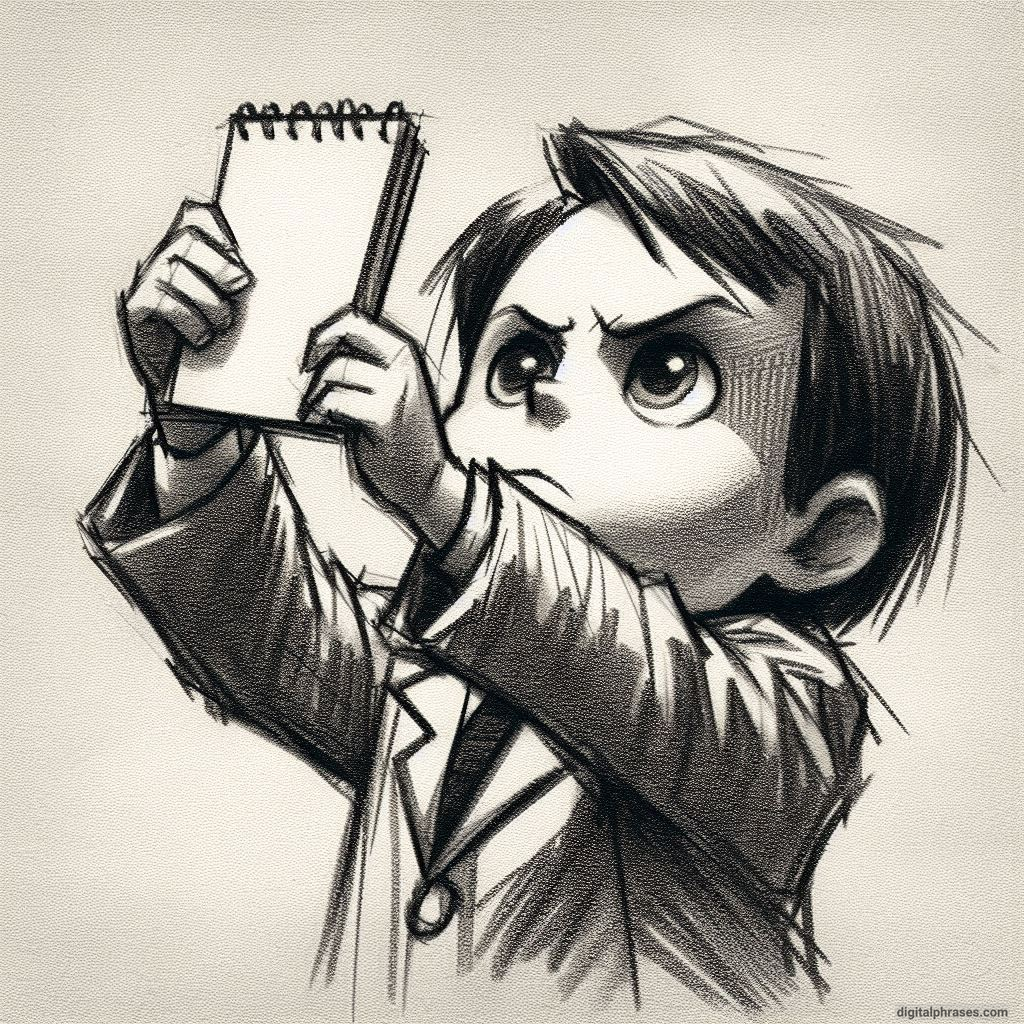
41
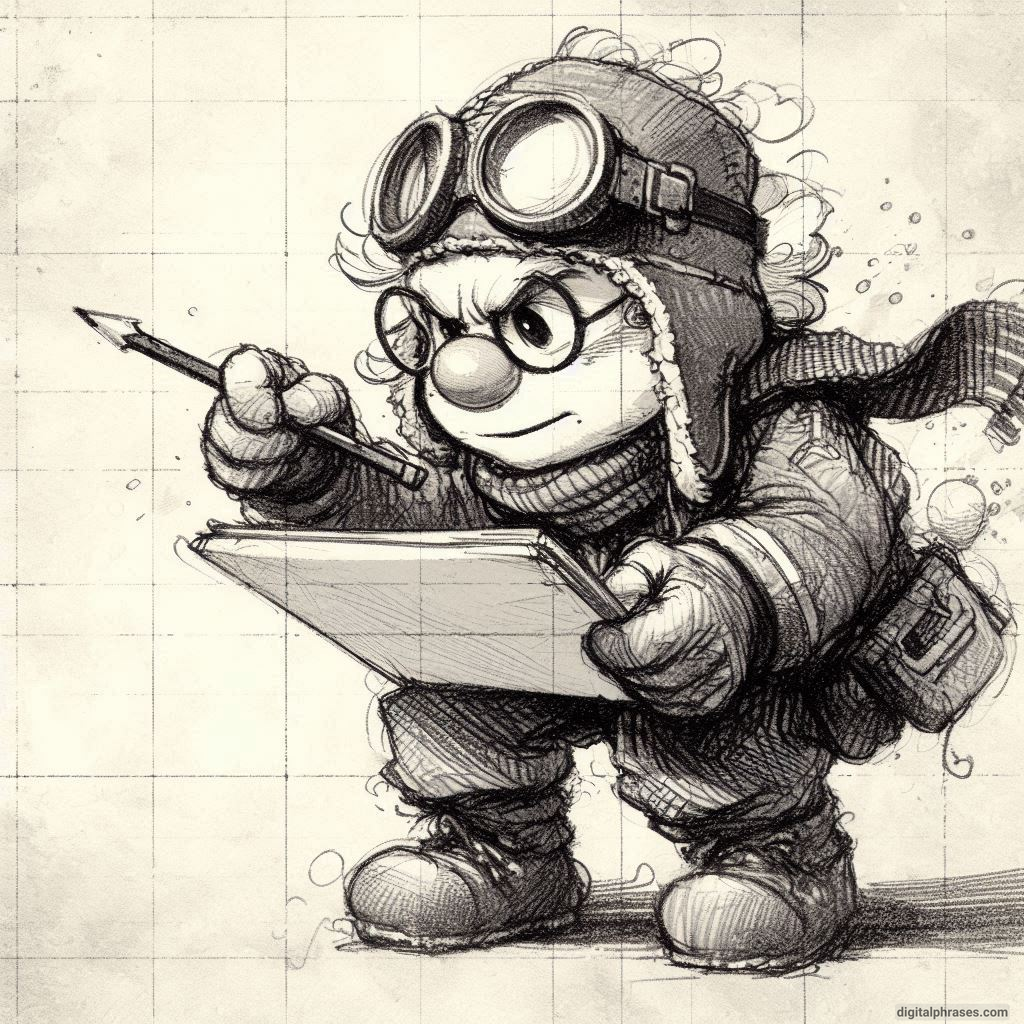
42
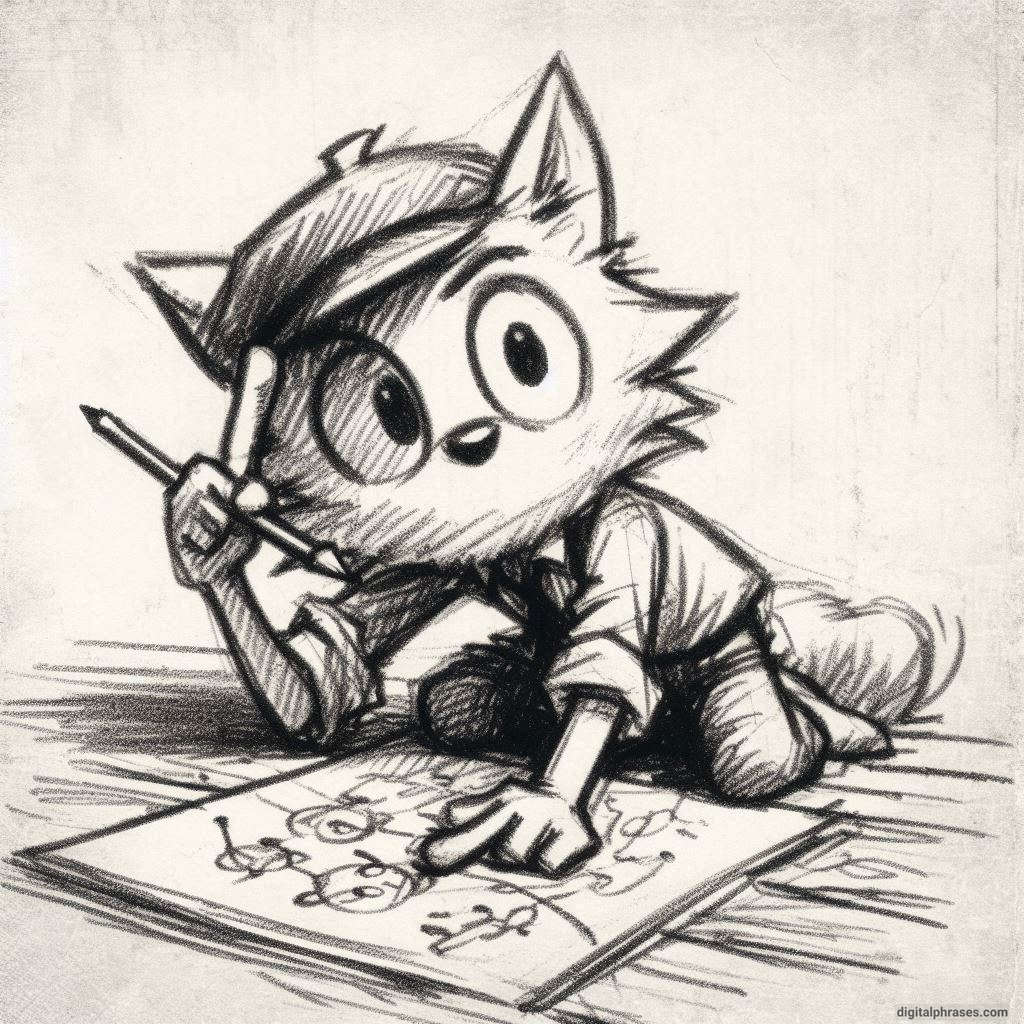
43

44
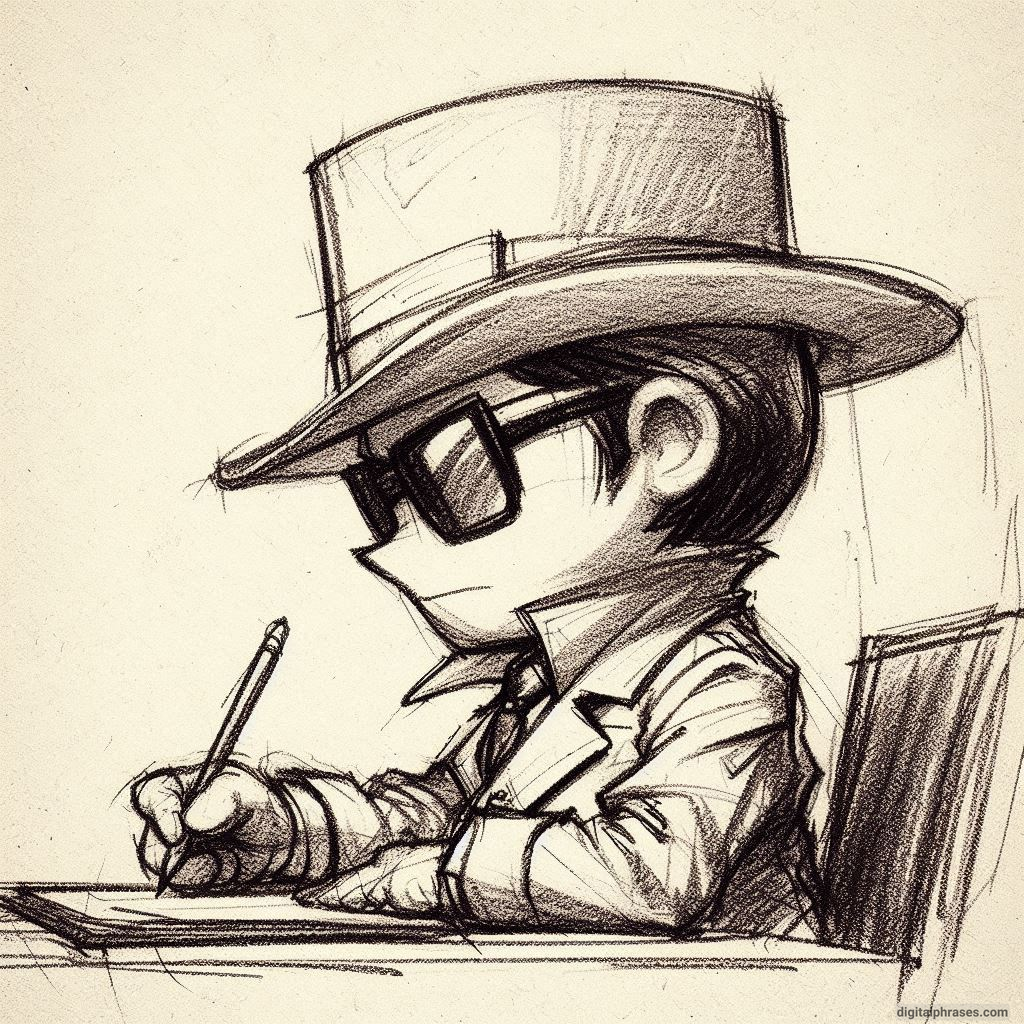
45
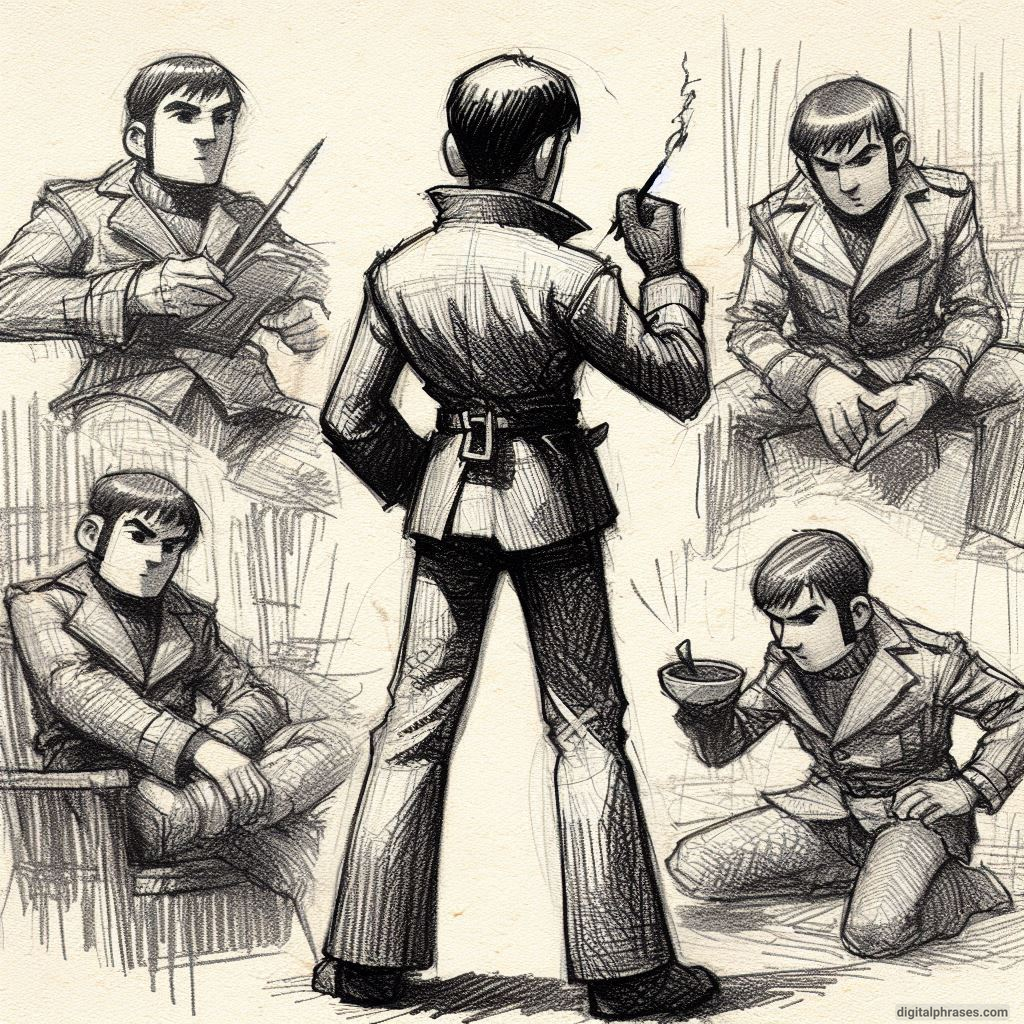
46
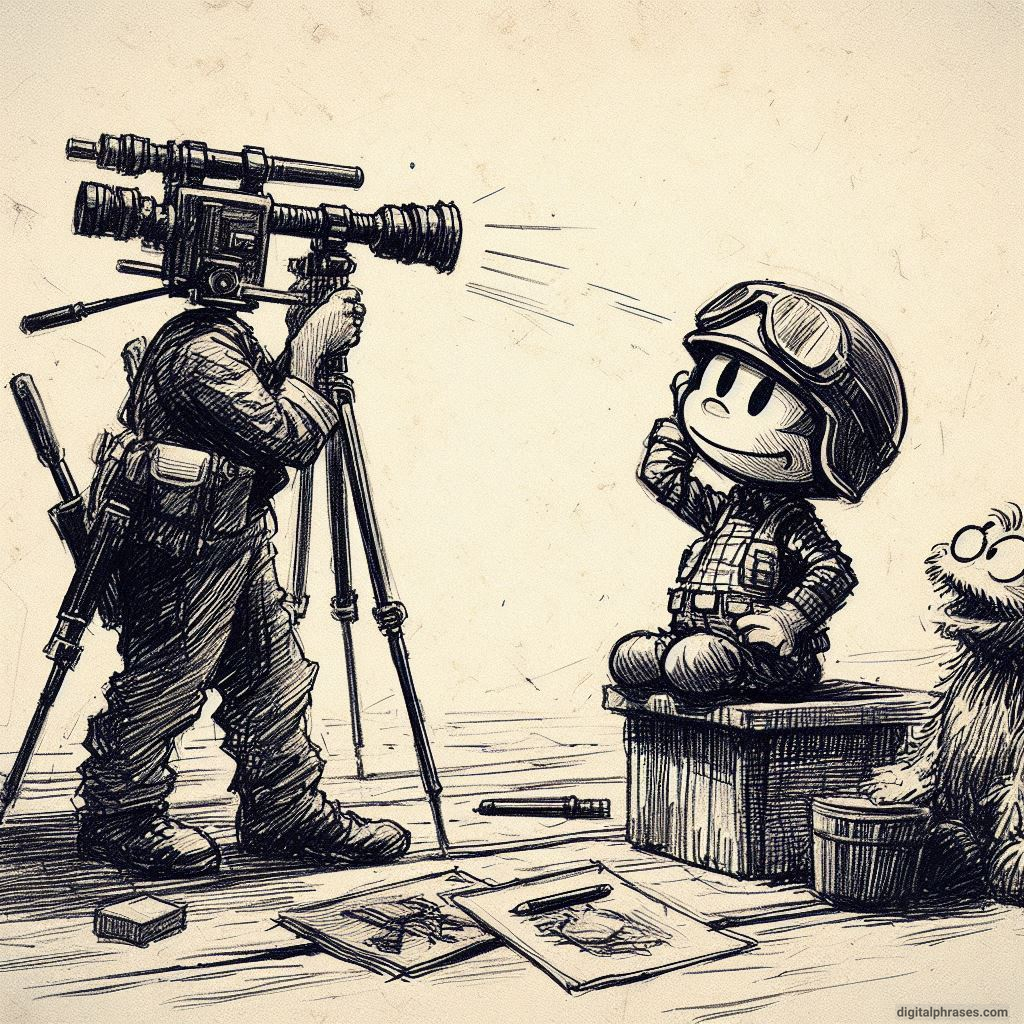
47

48
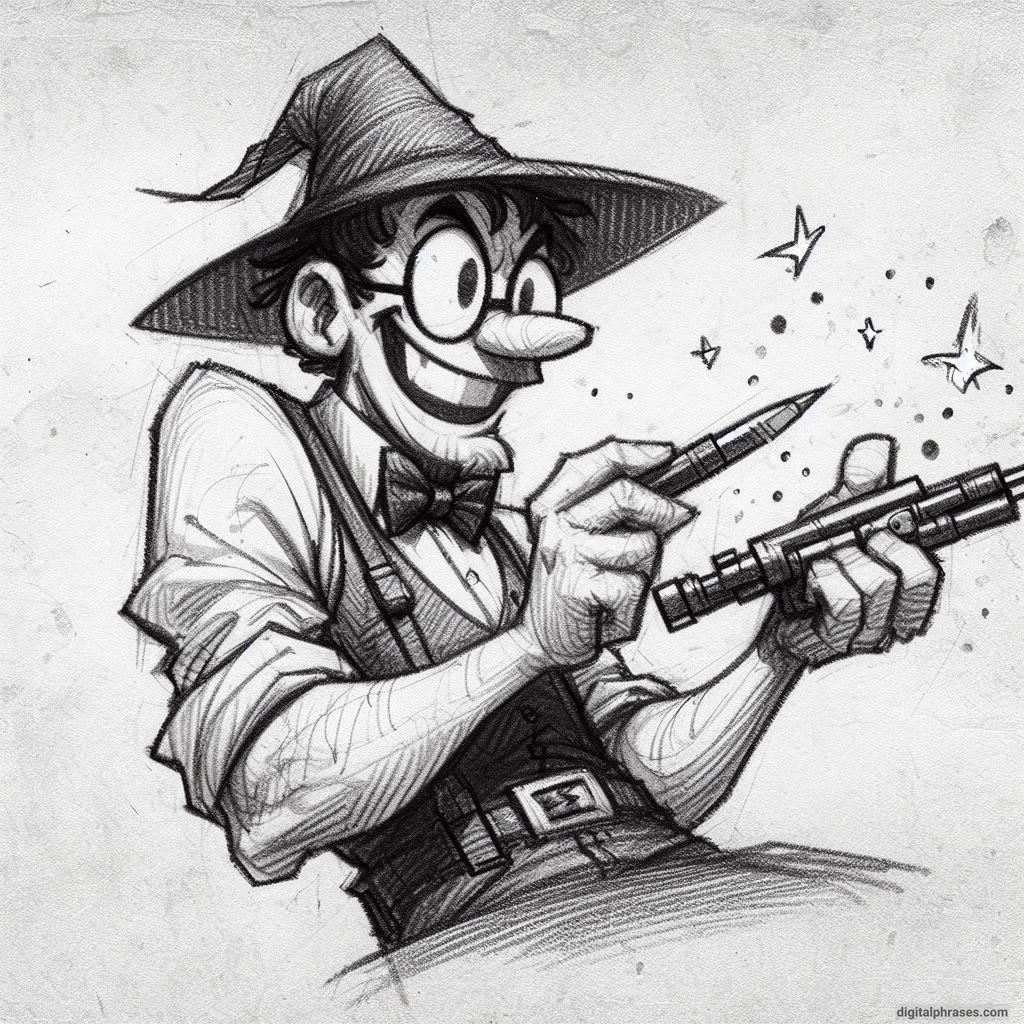
49
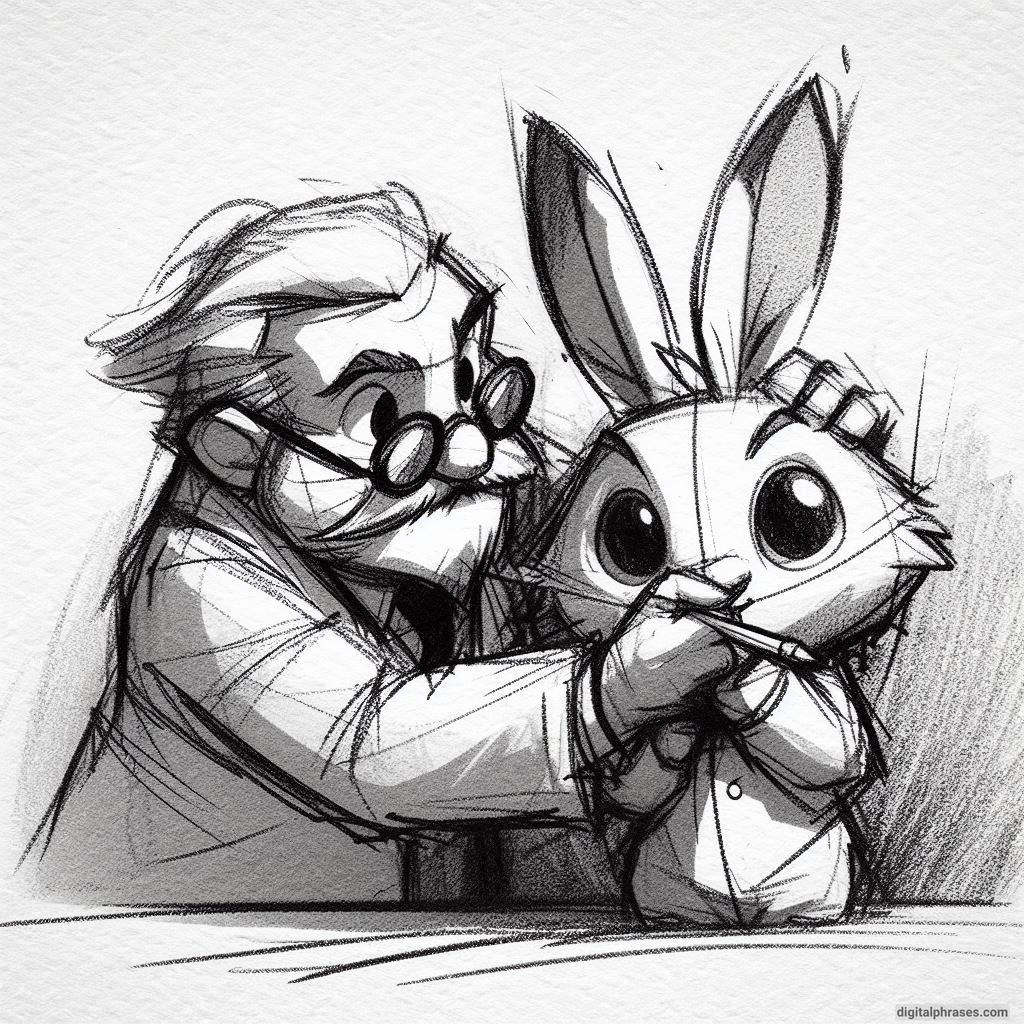
50
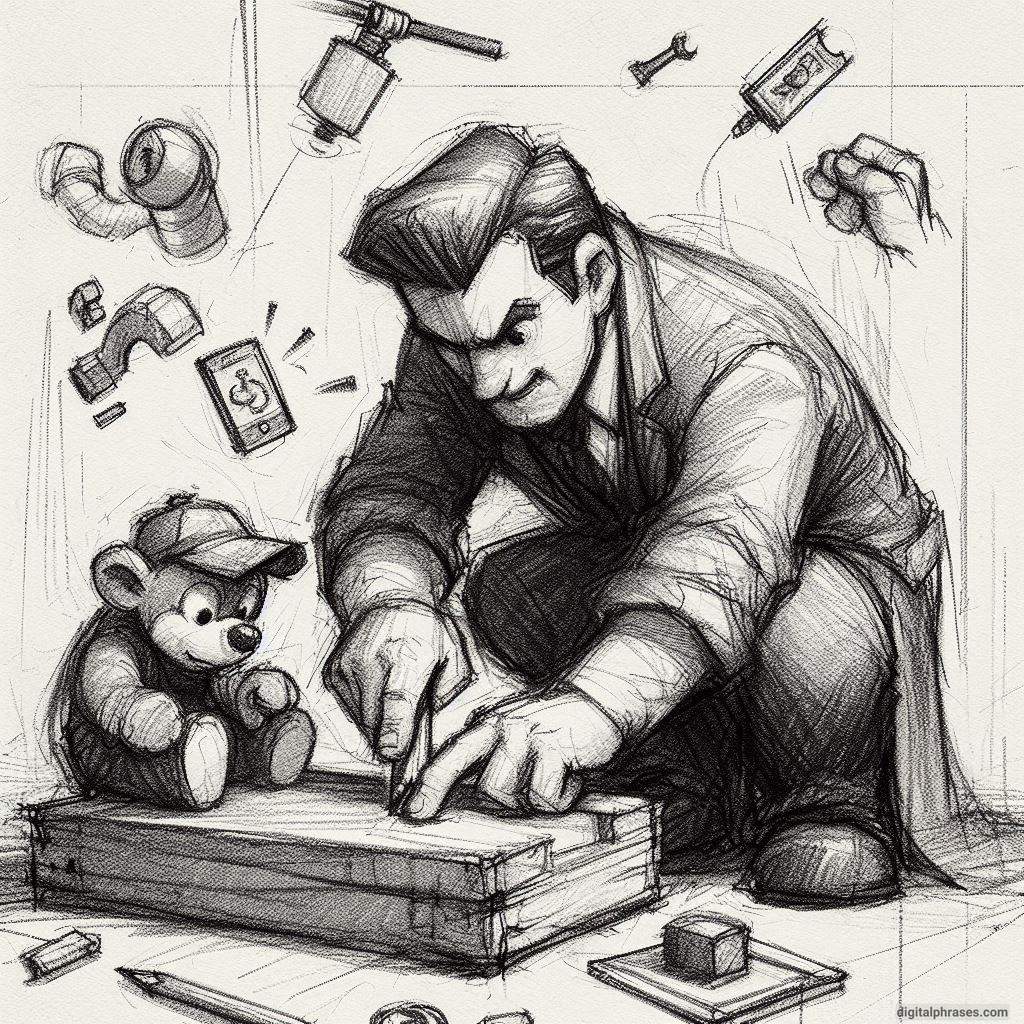
51

52
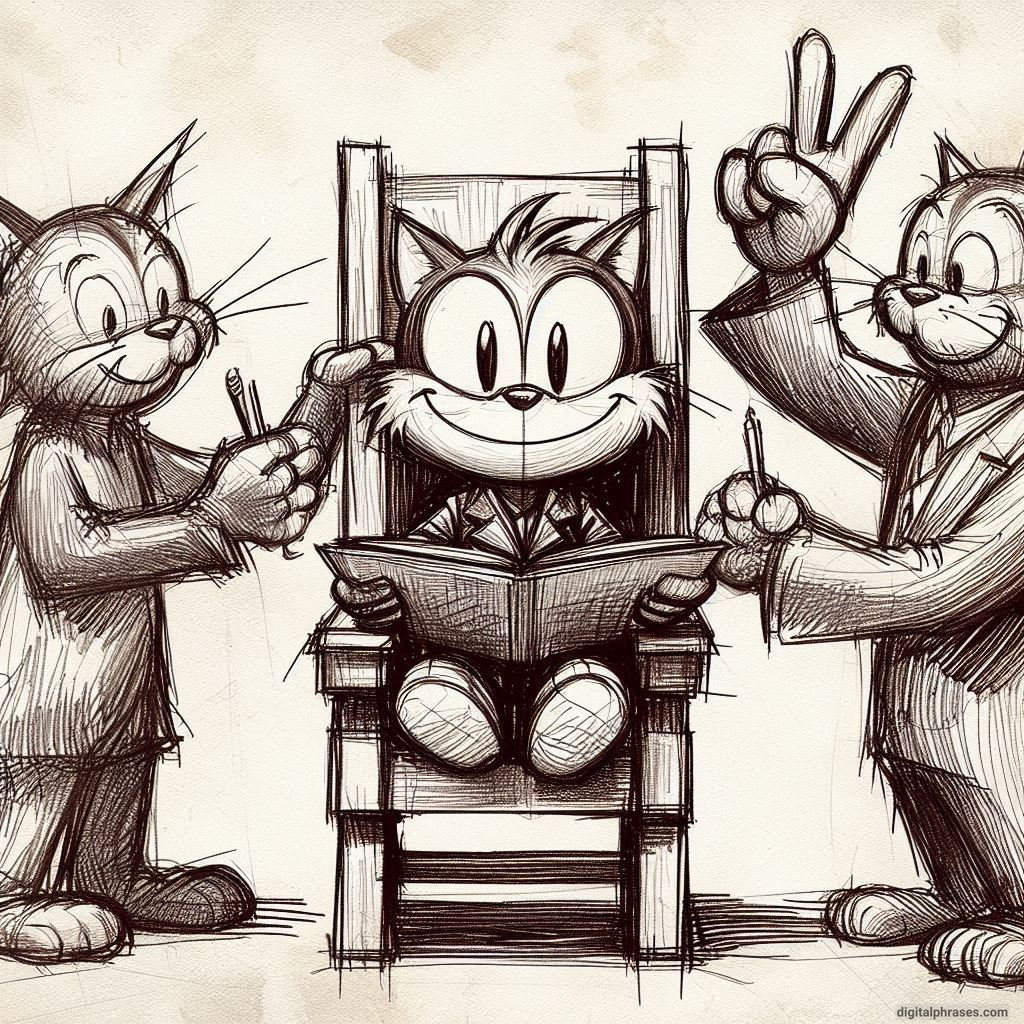
53
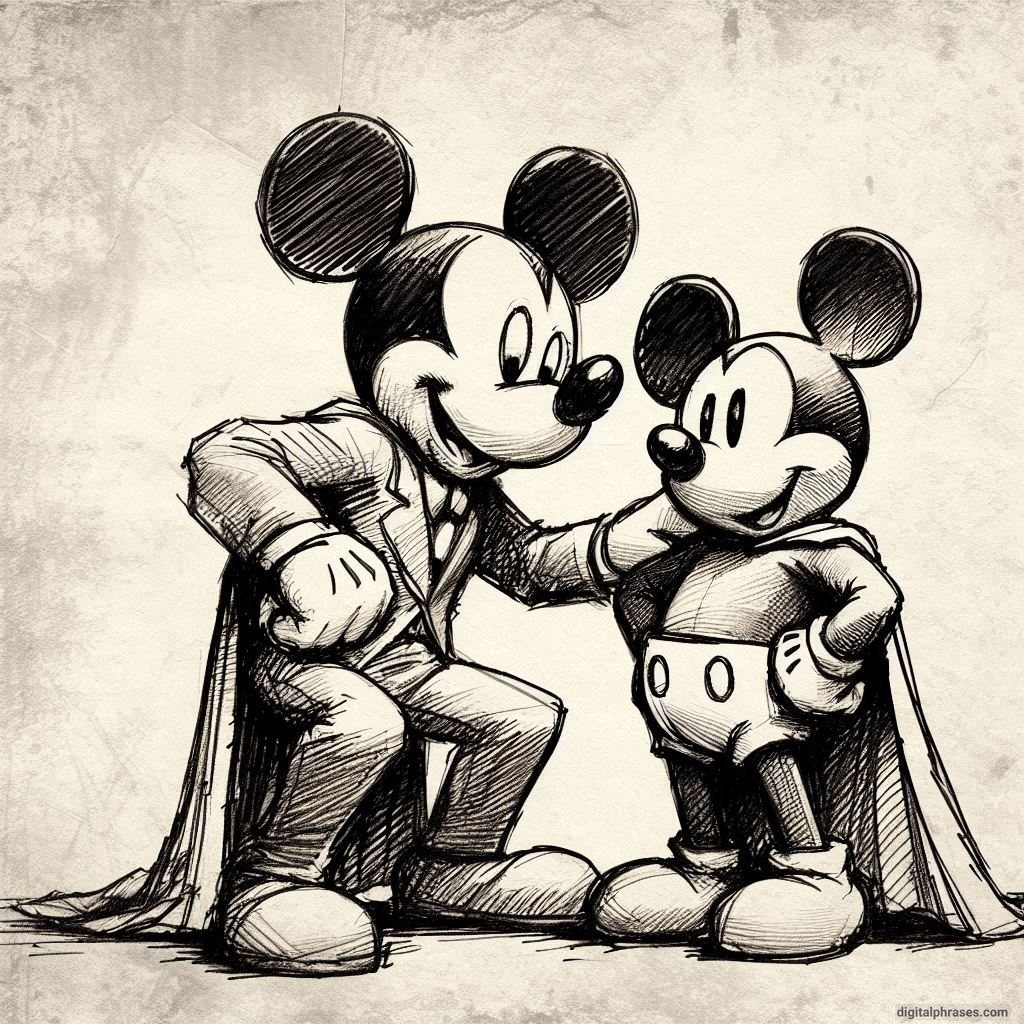
54
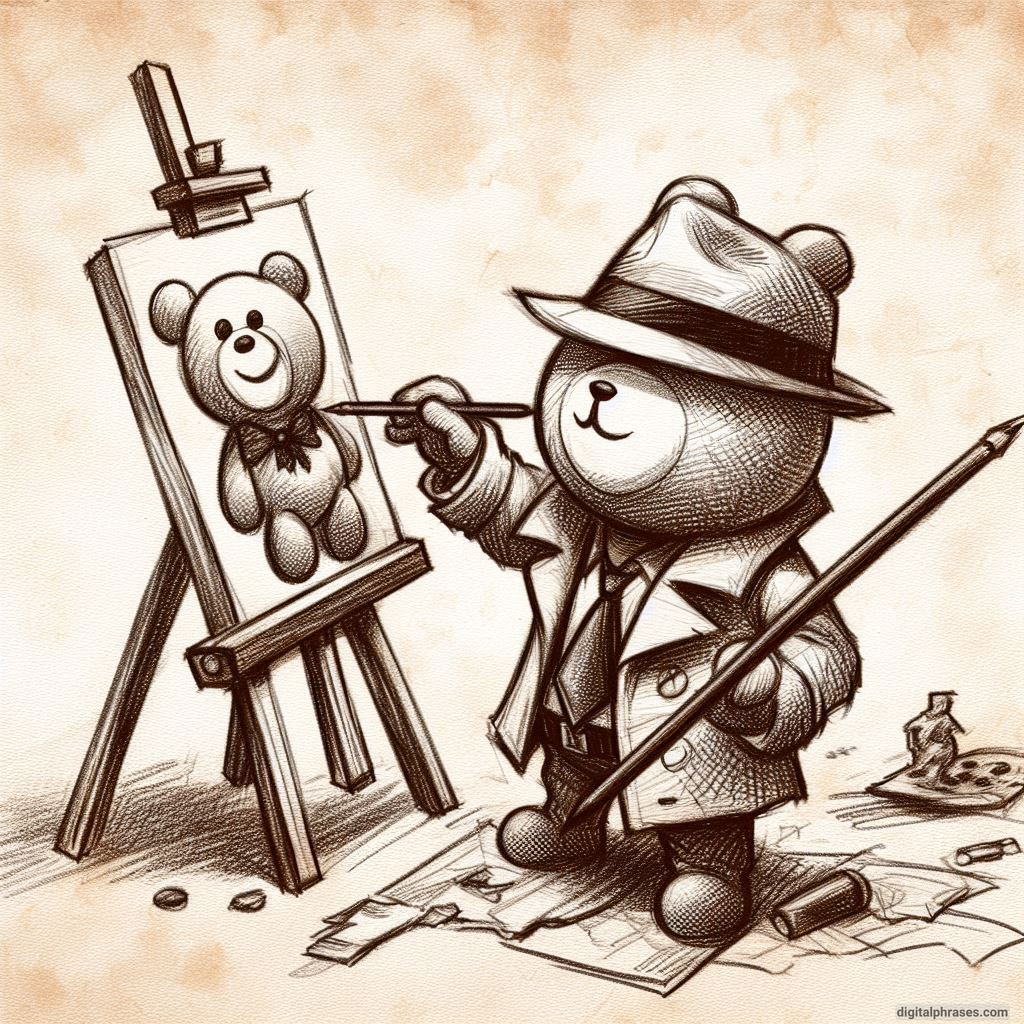
55
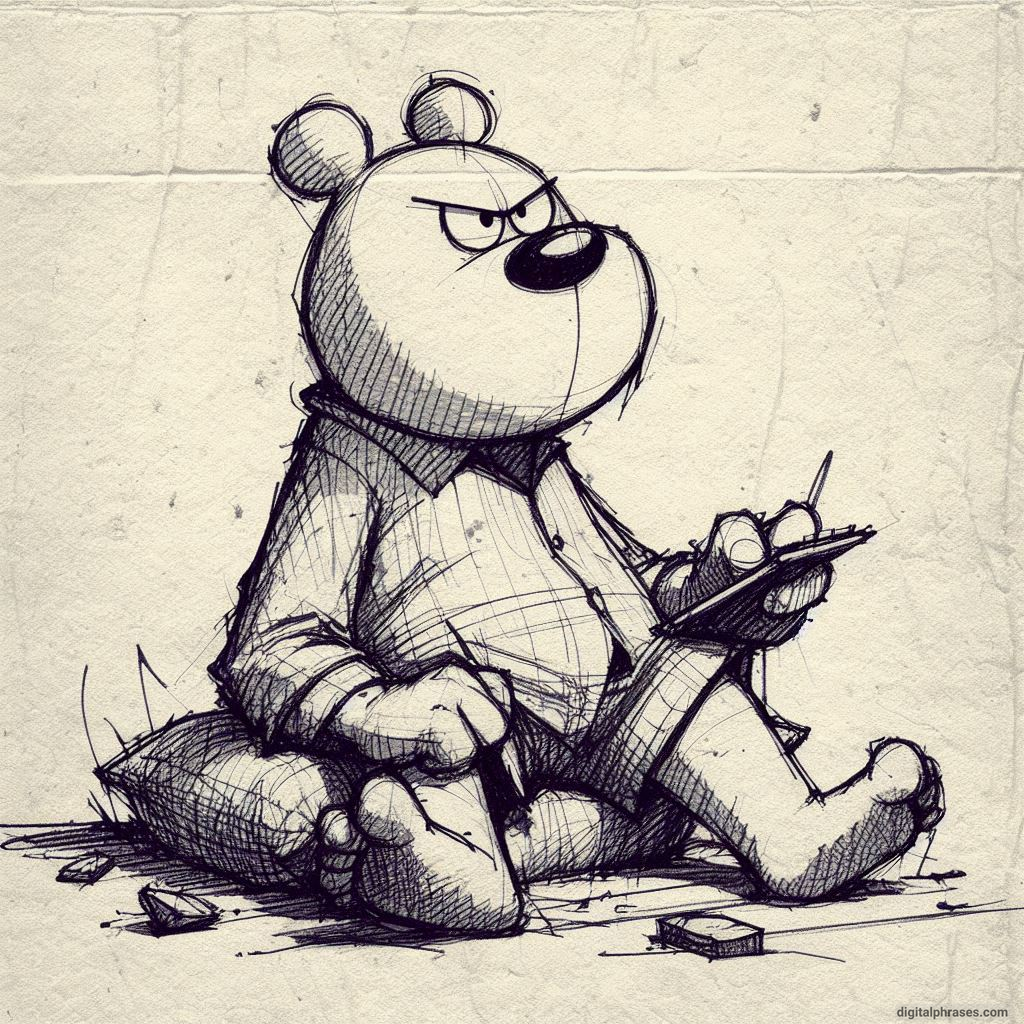
56
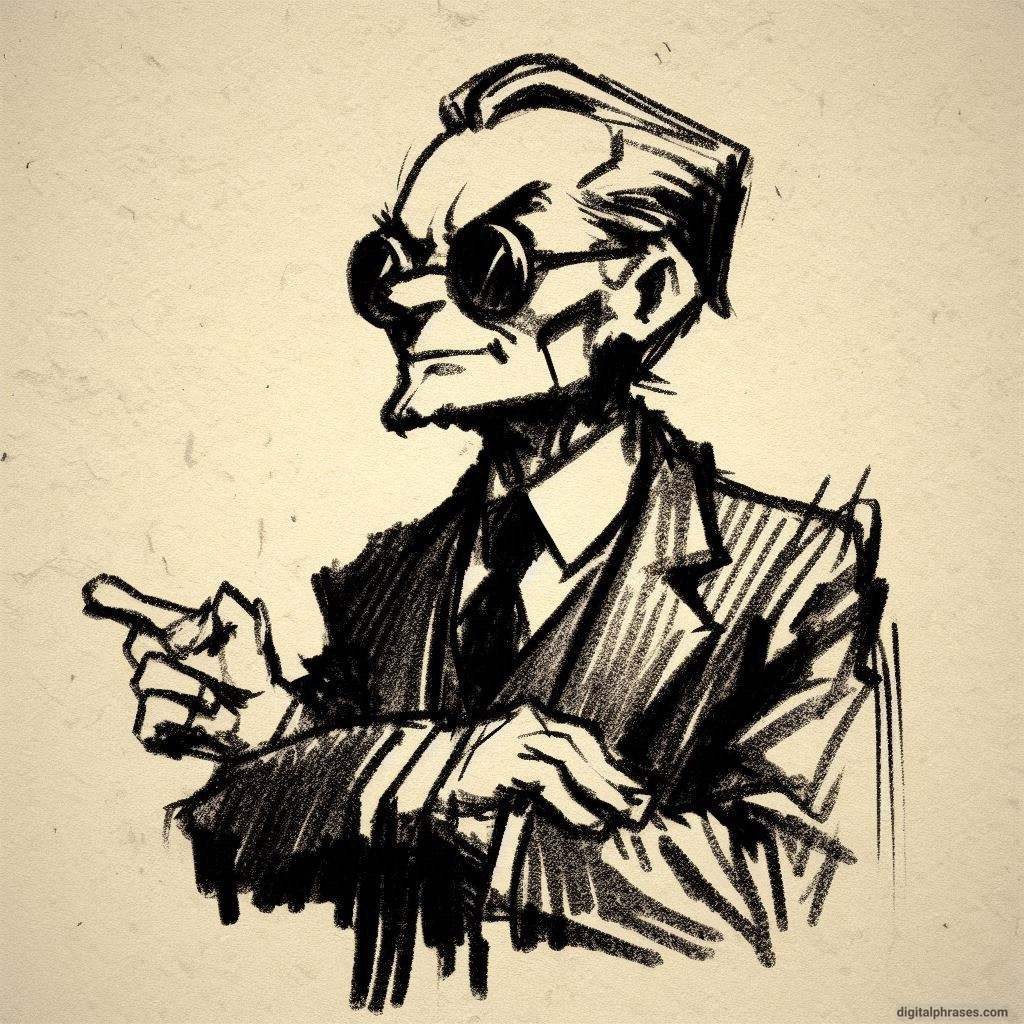
57
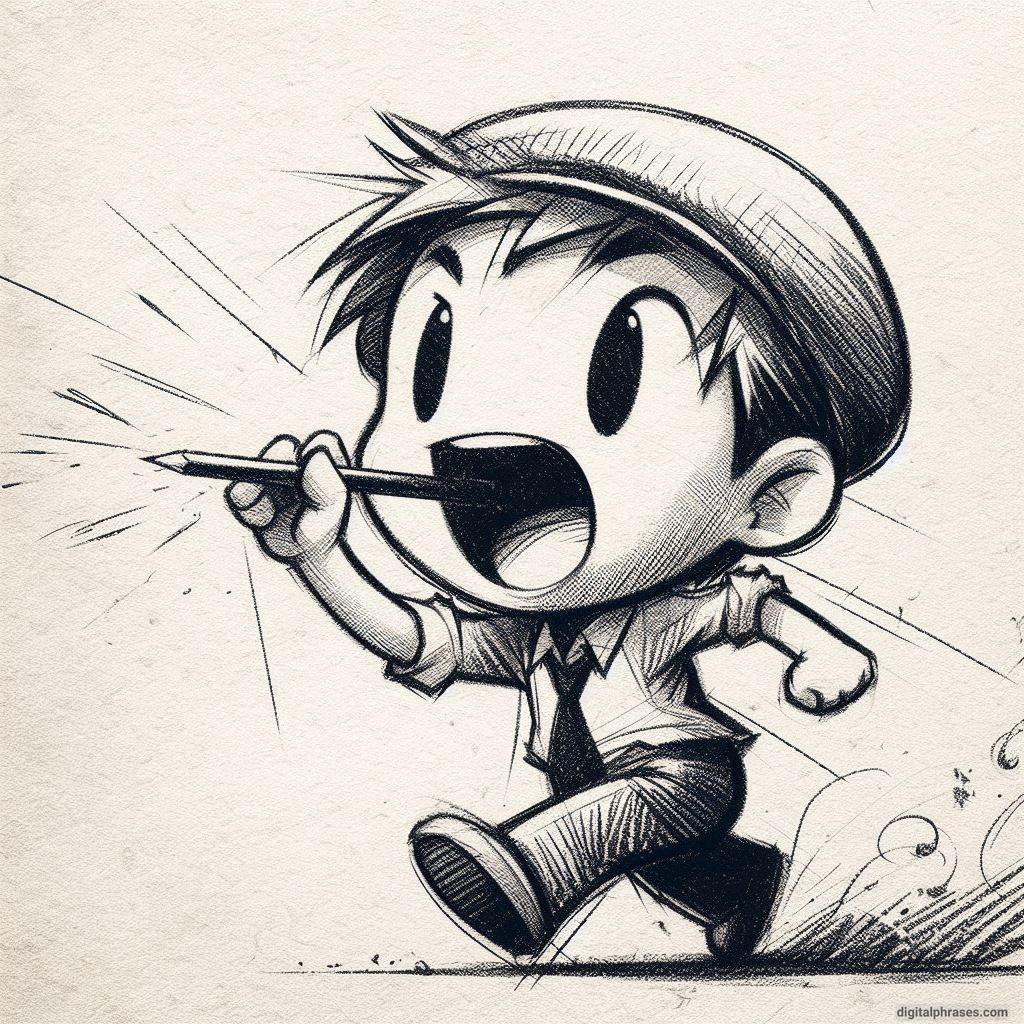
58
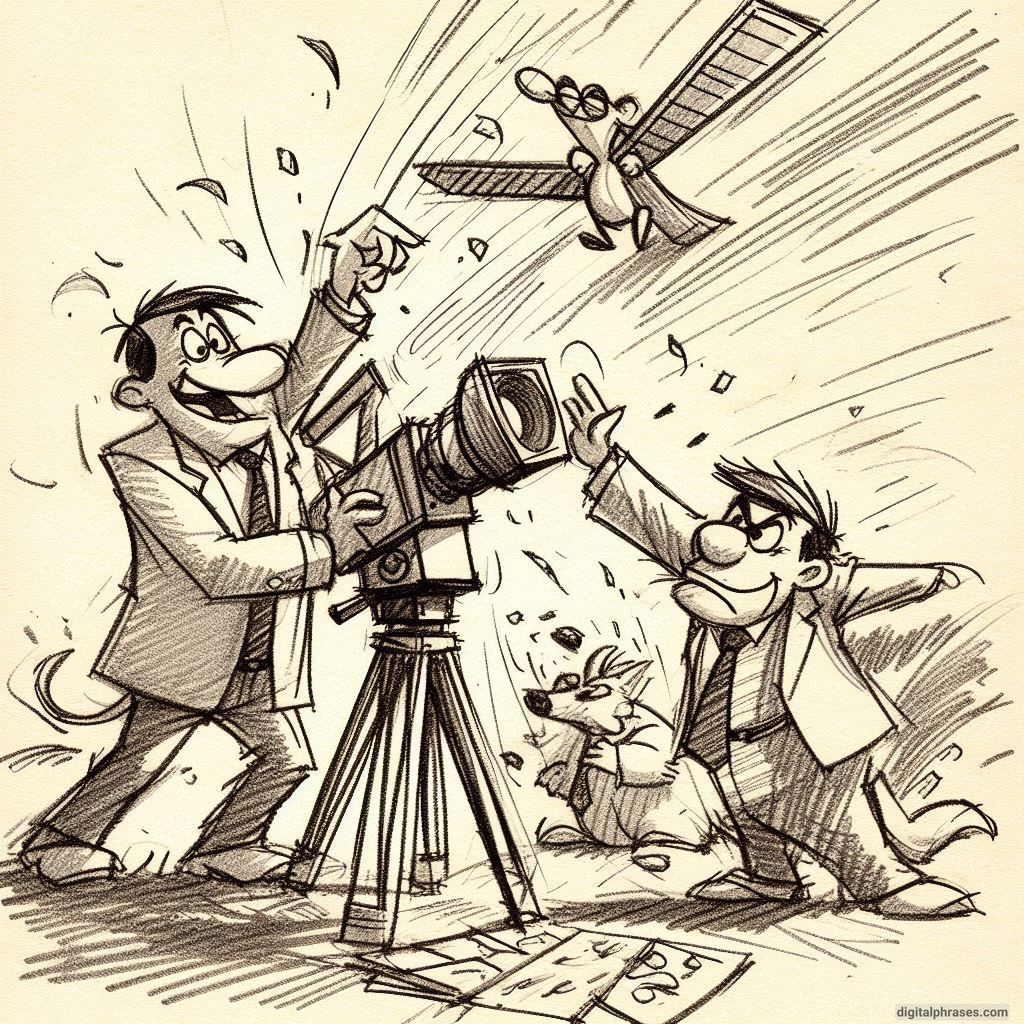
59
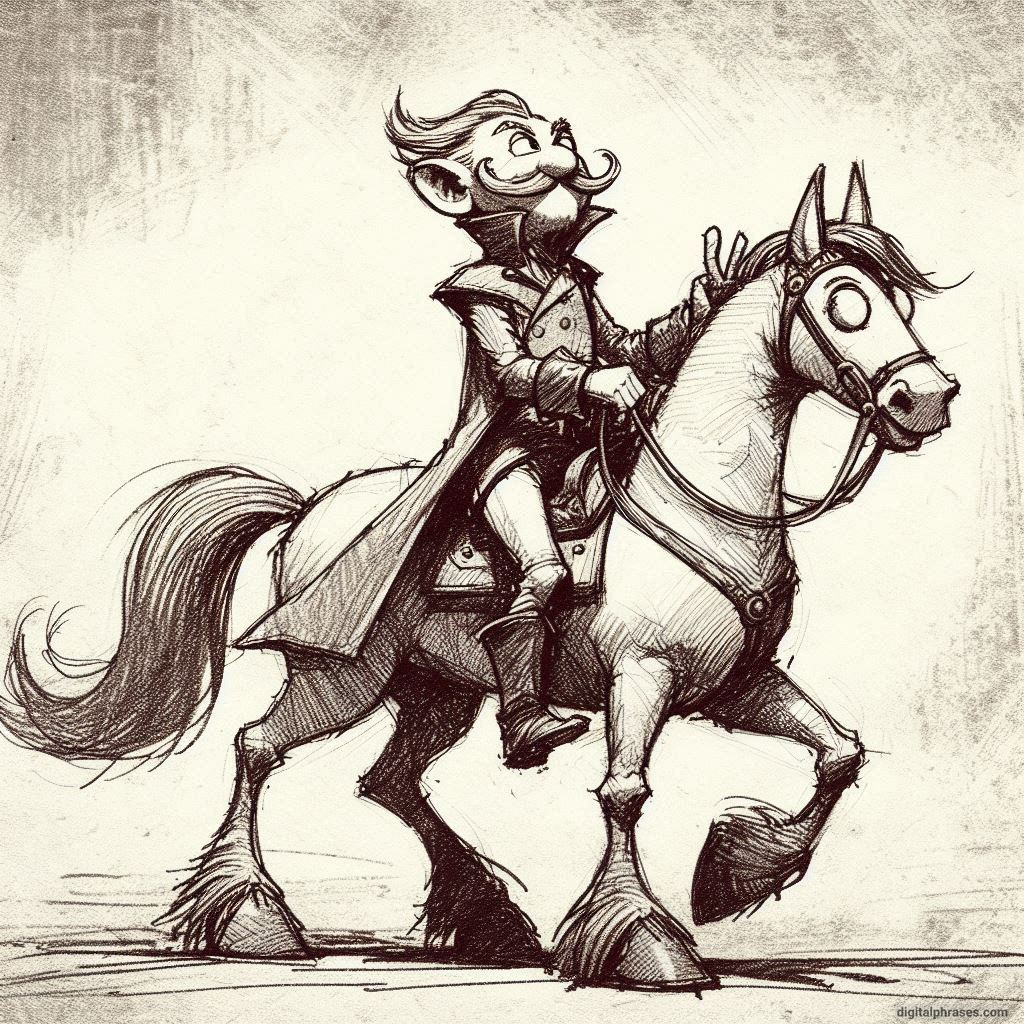
60
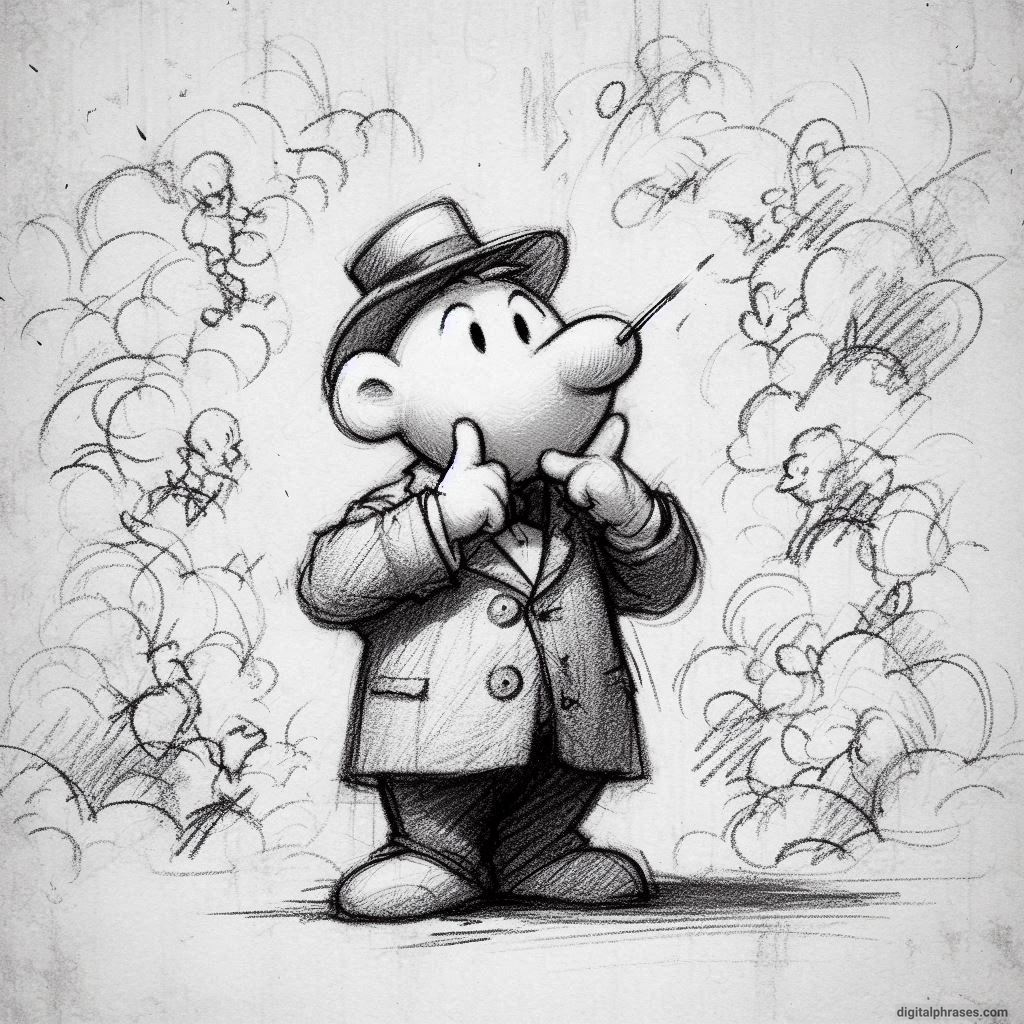
61
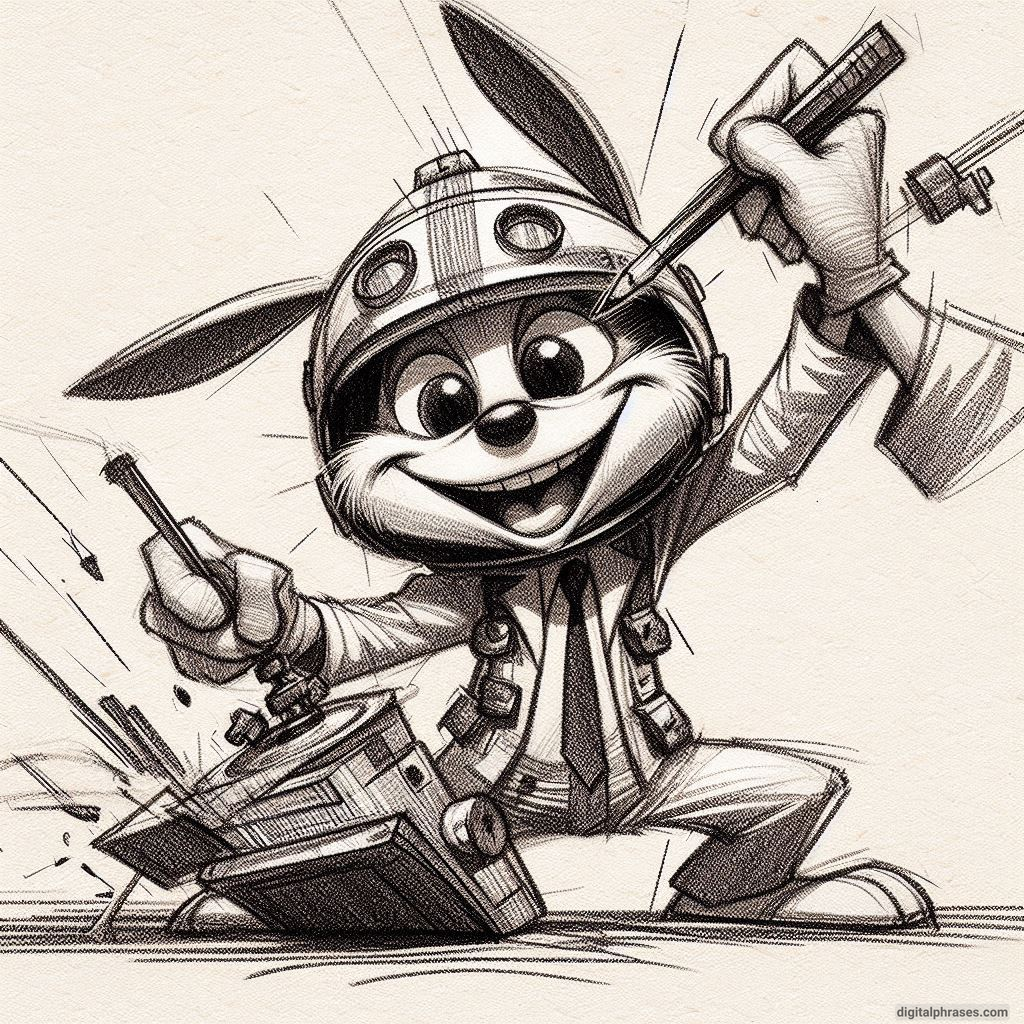
62
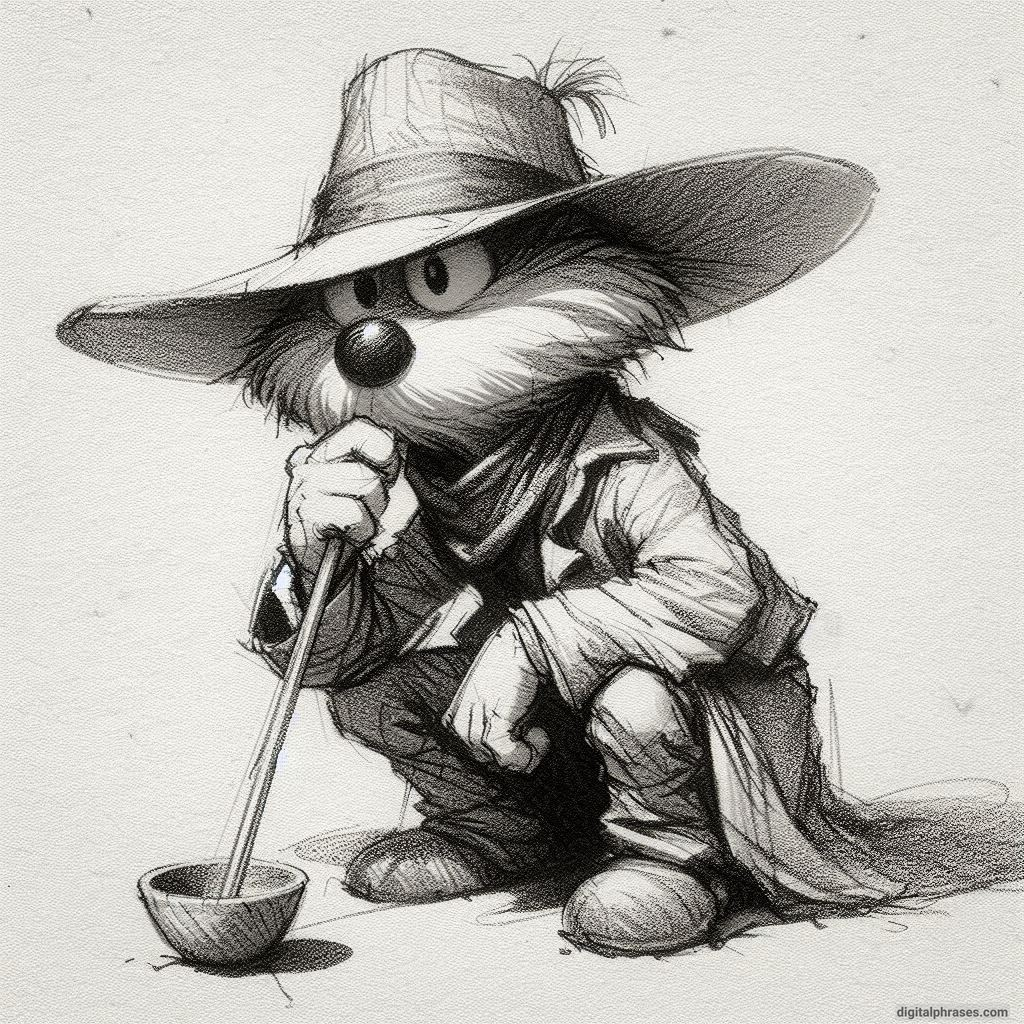
63

64
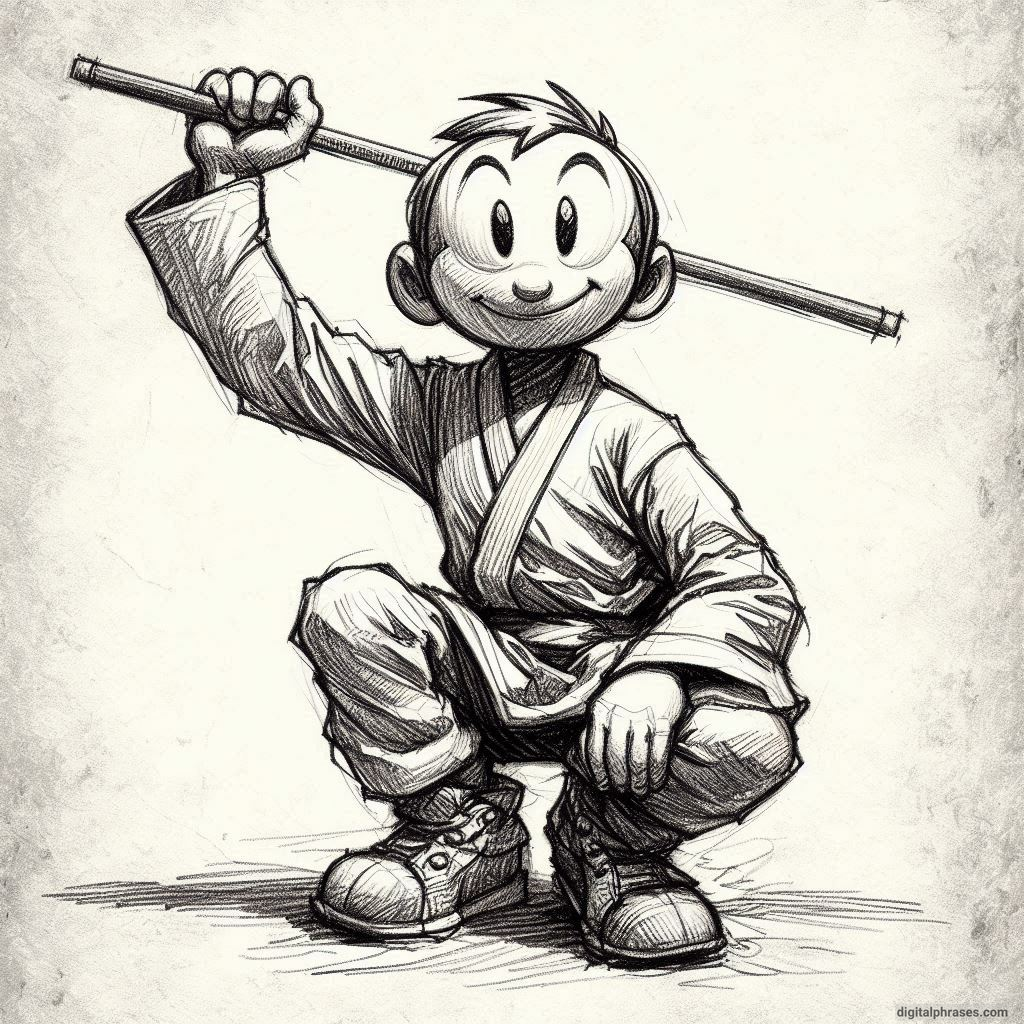
65
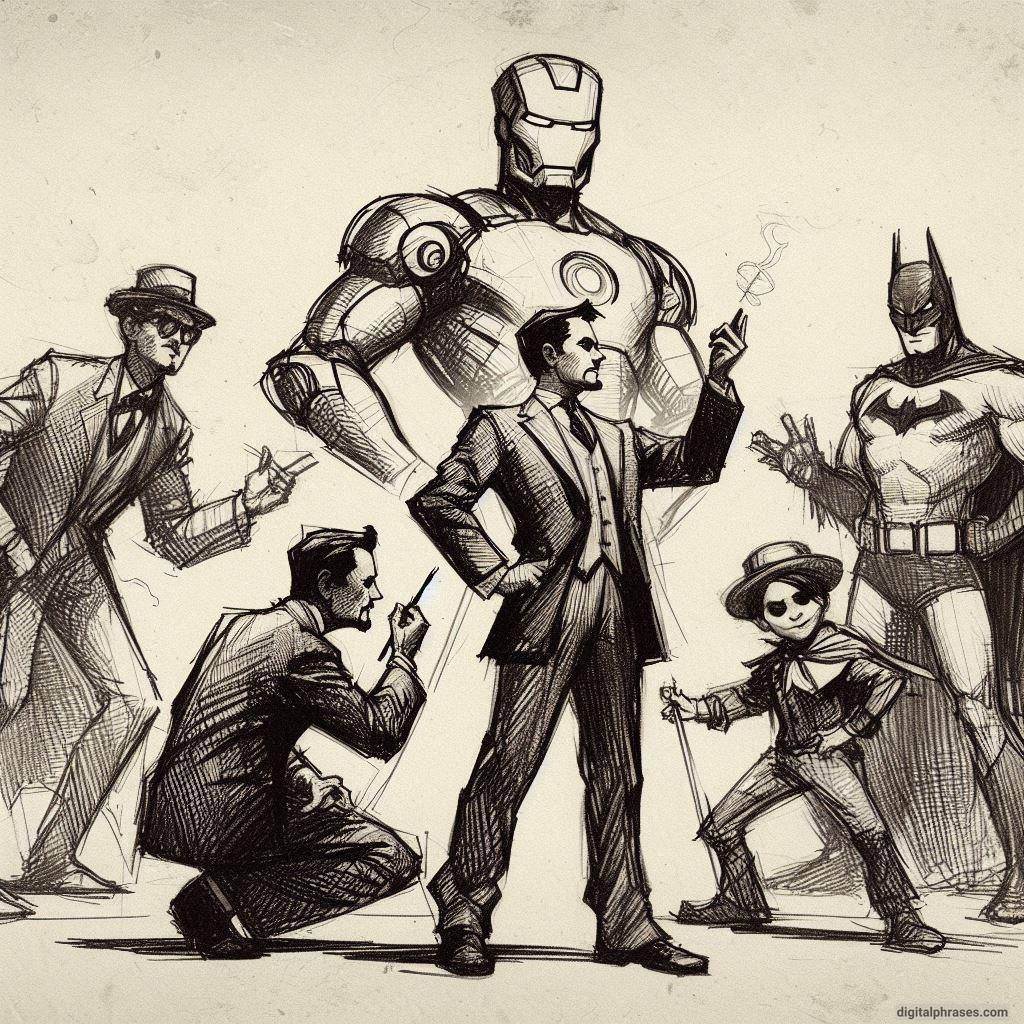
66
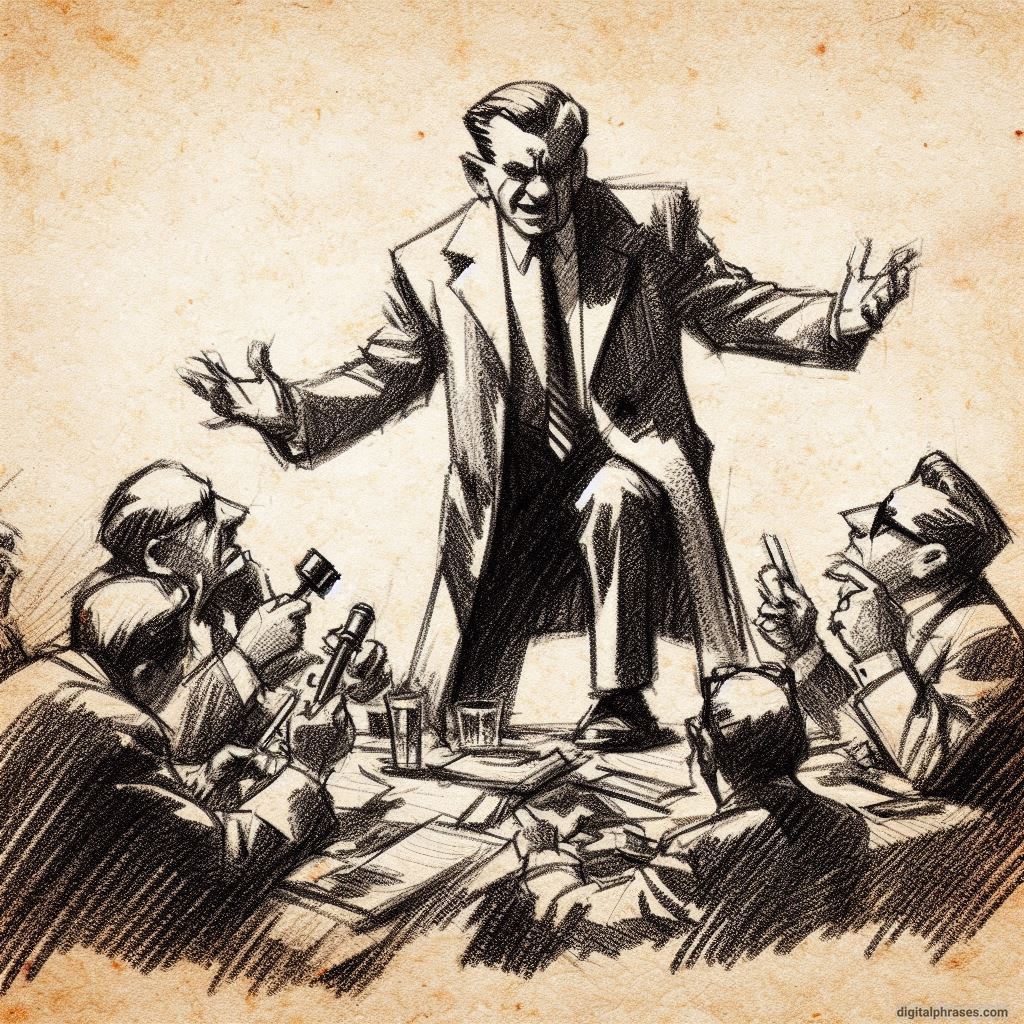
67

Crayon Color Drawings
1
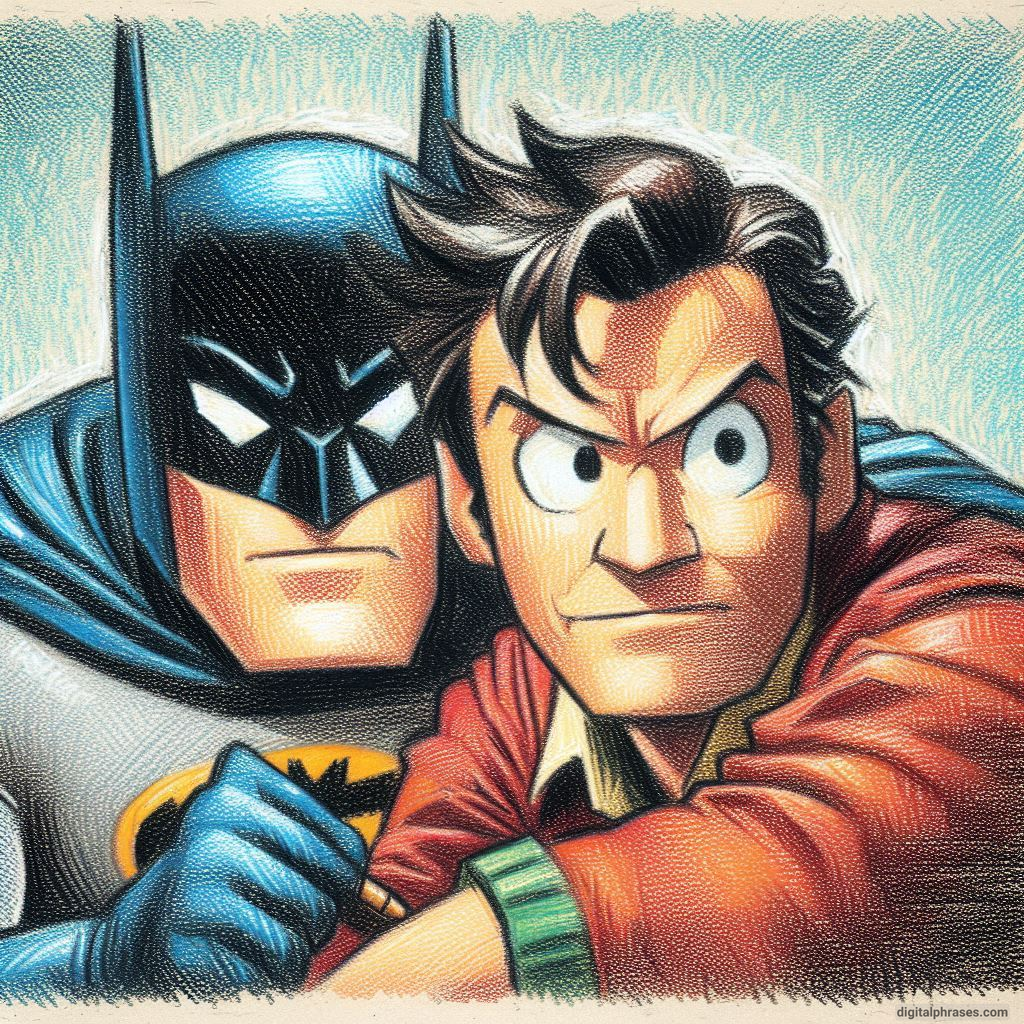
2
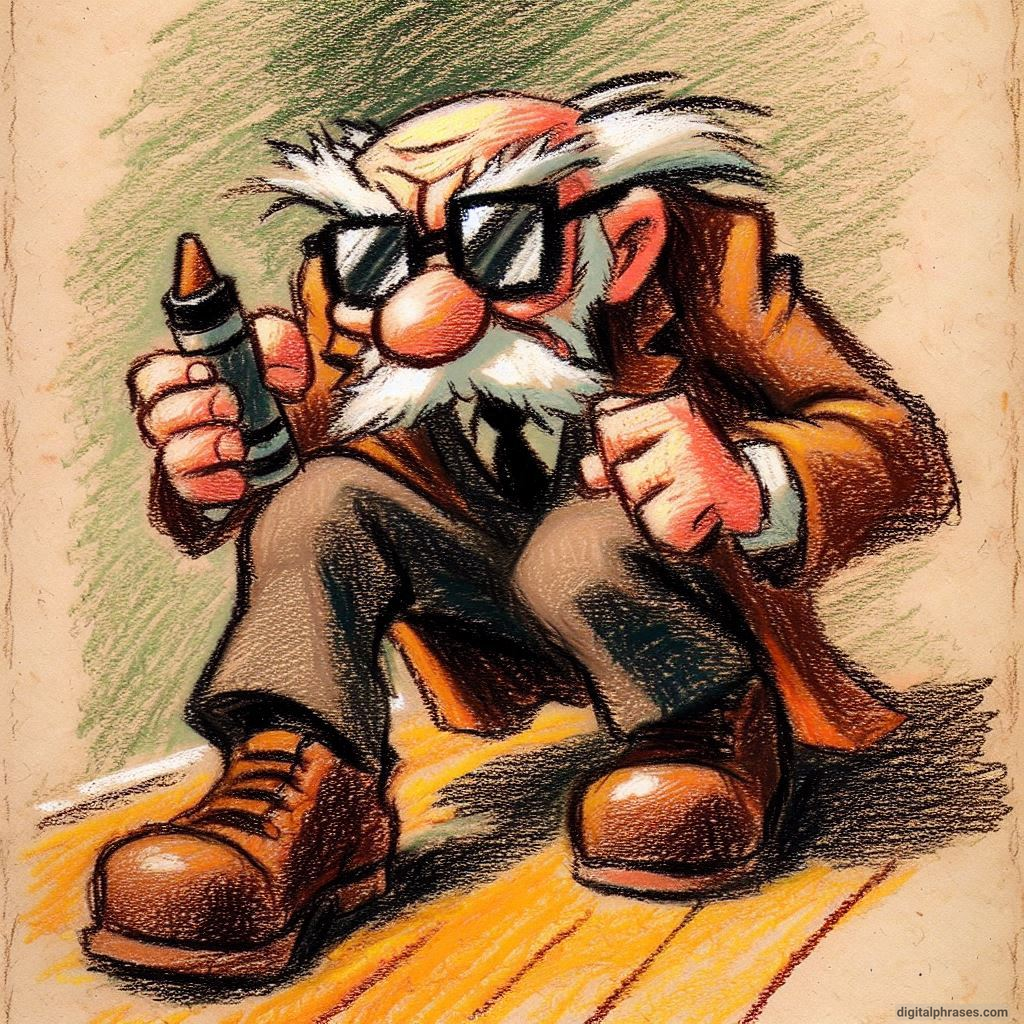
3
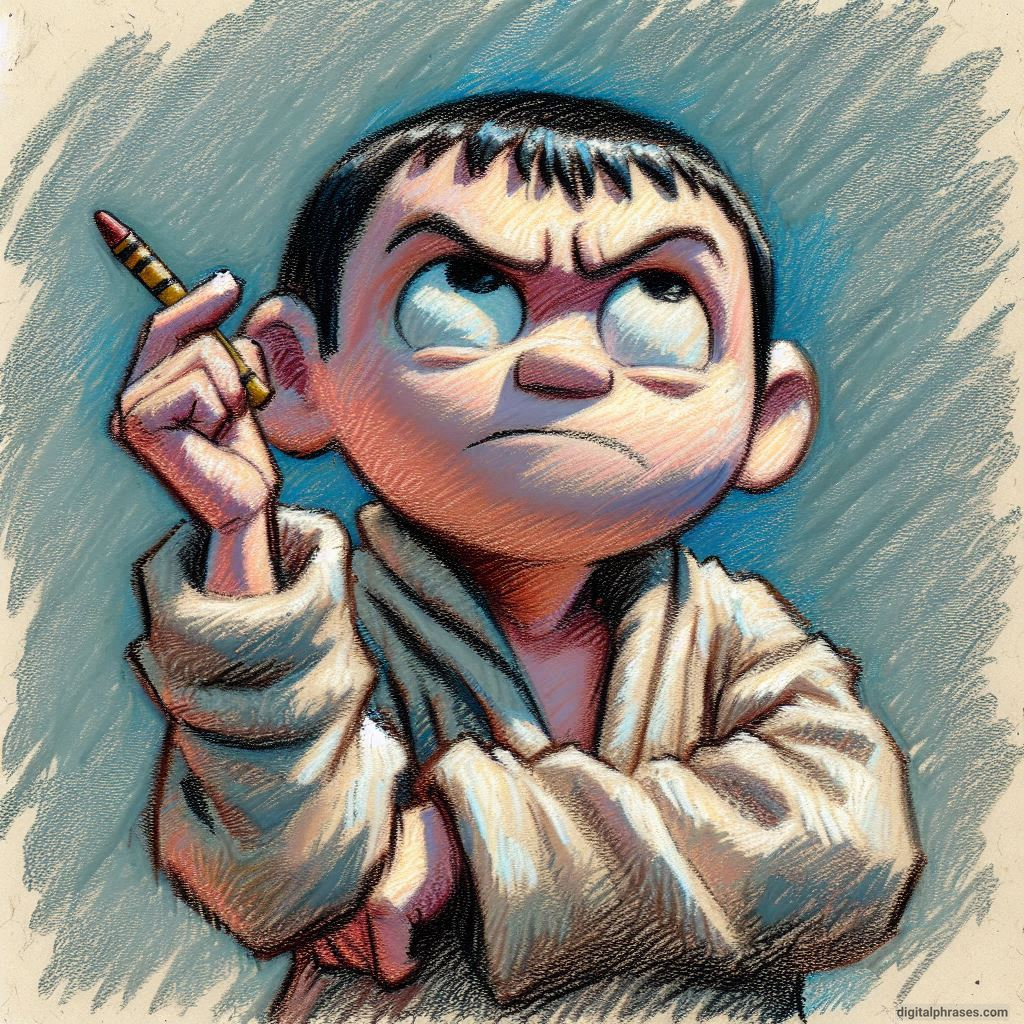
4
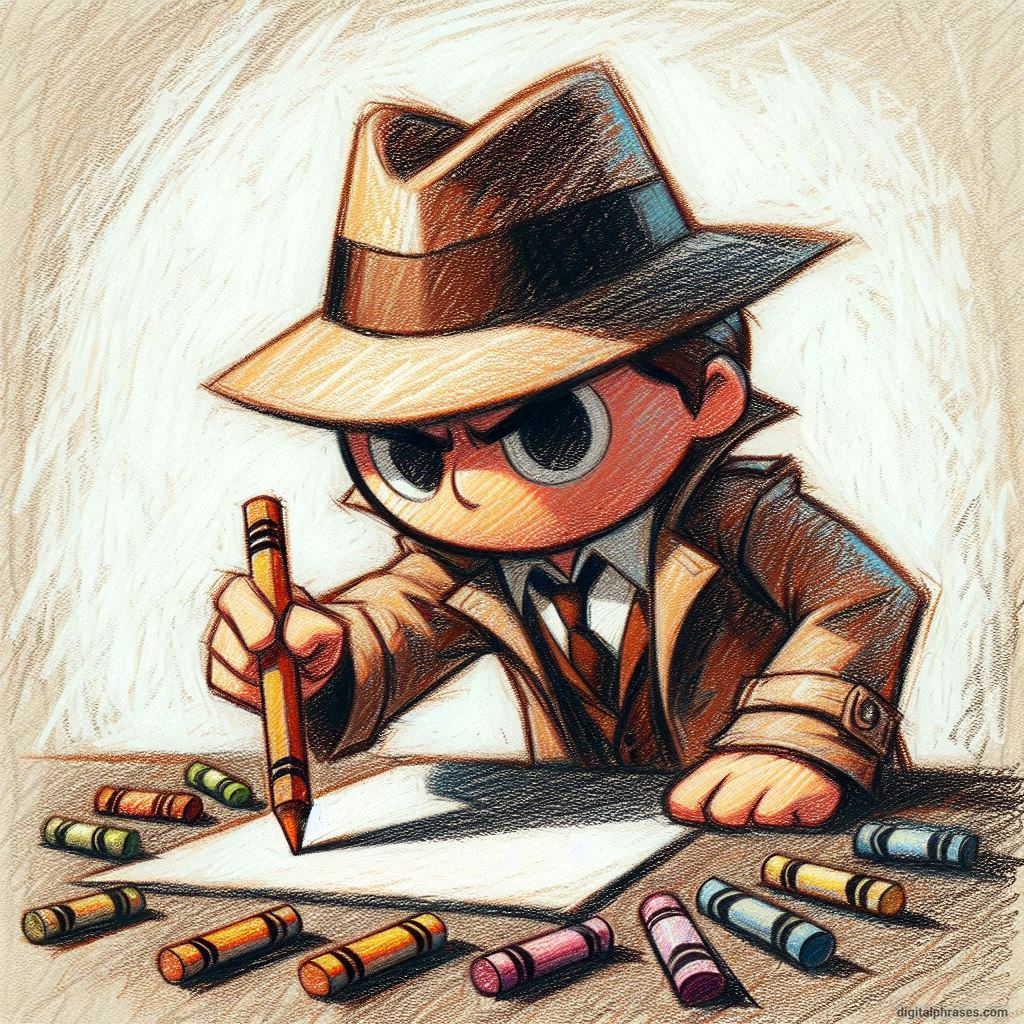
5
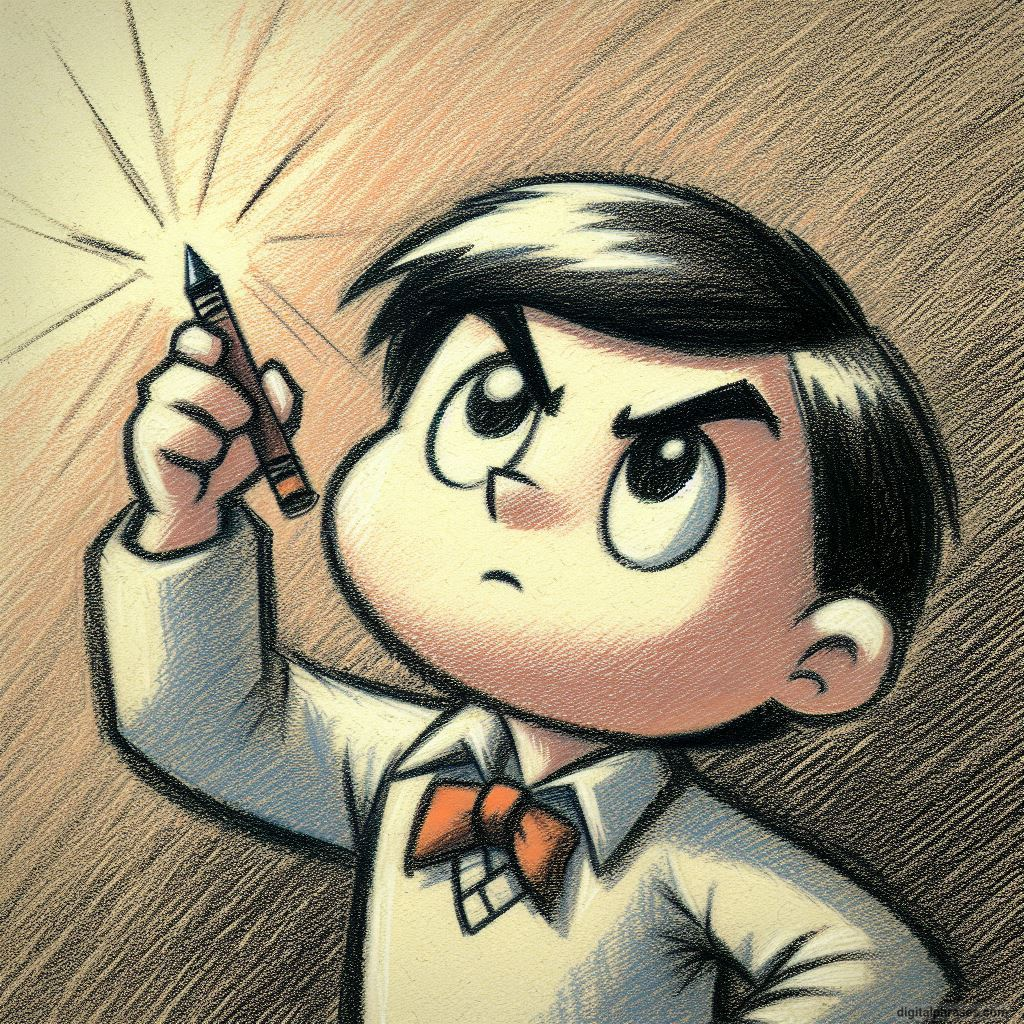
6

7

8

9
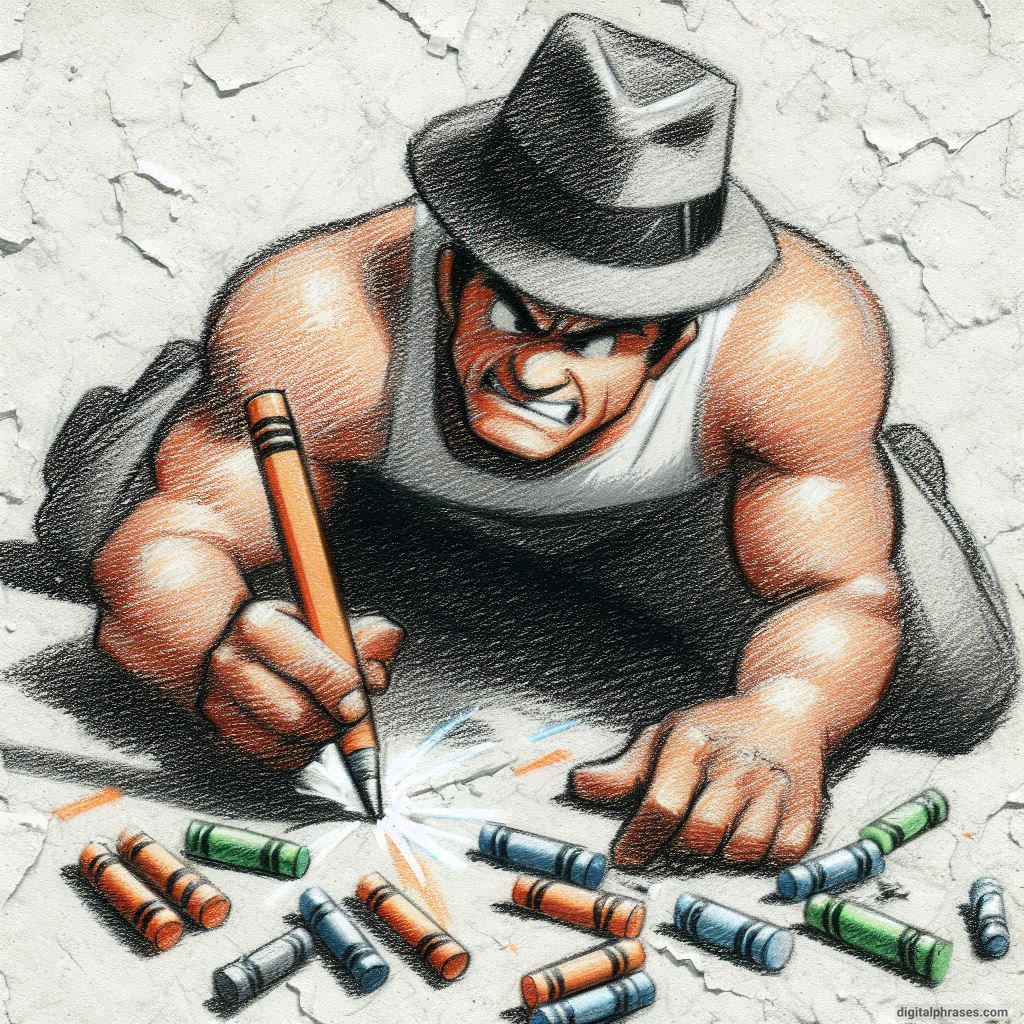
10

11
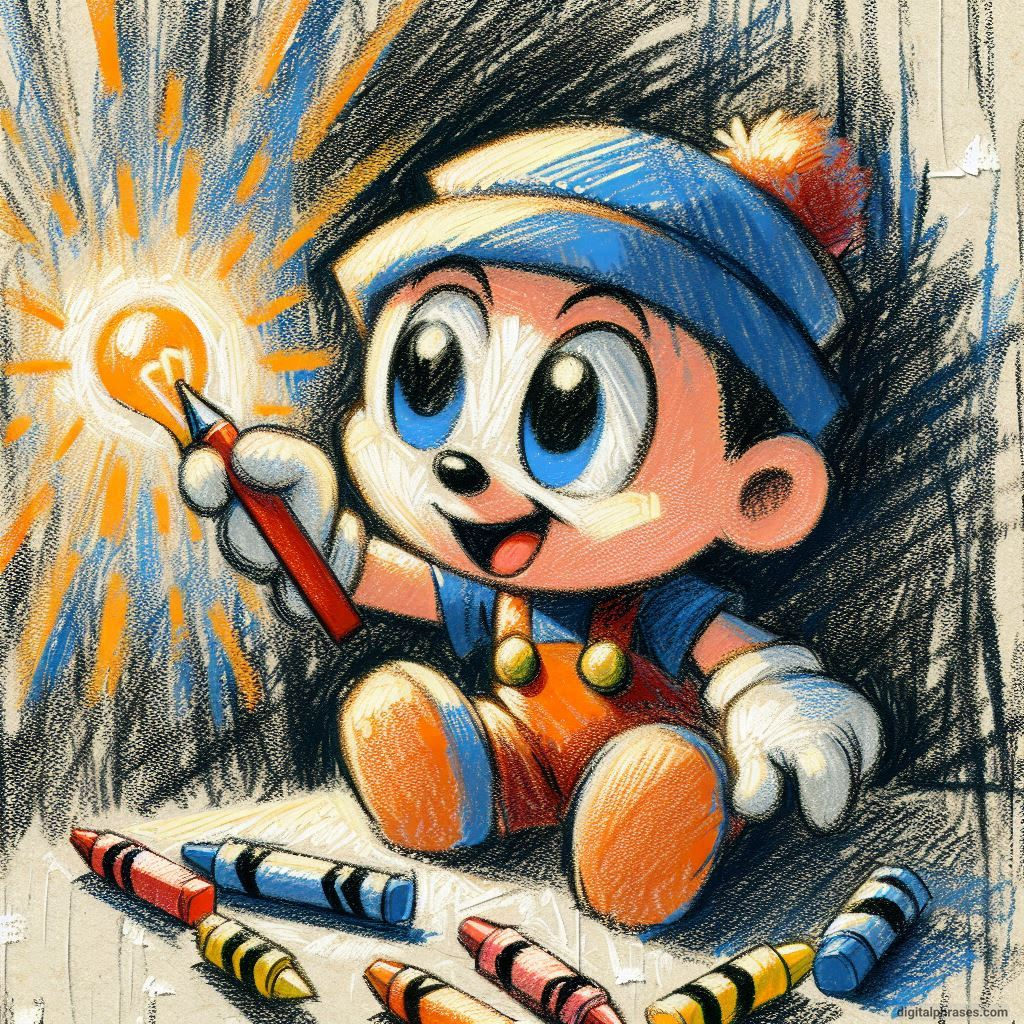
12
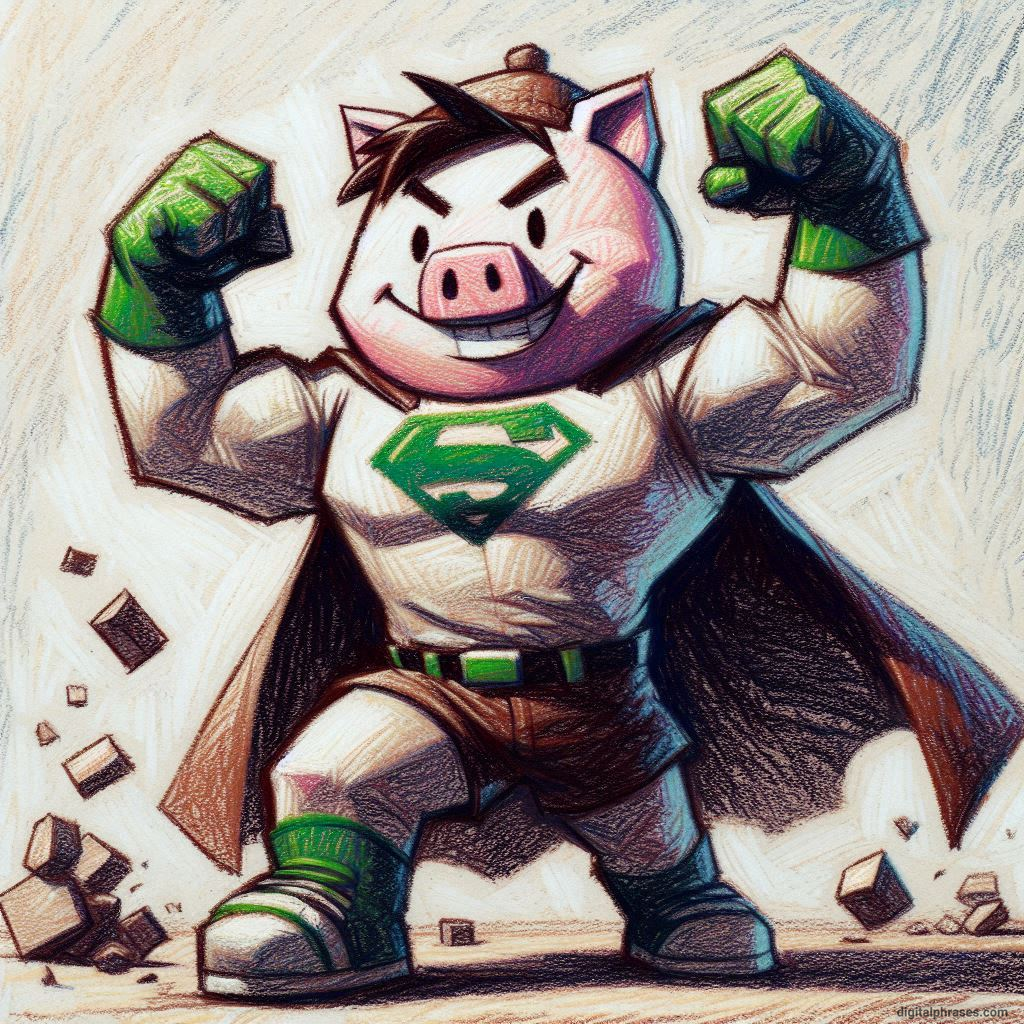
13

14
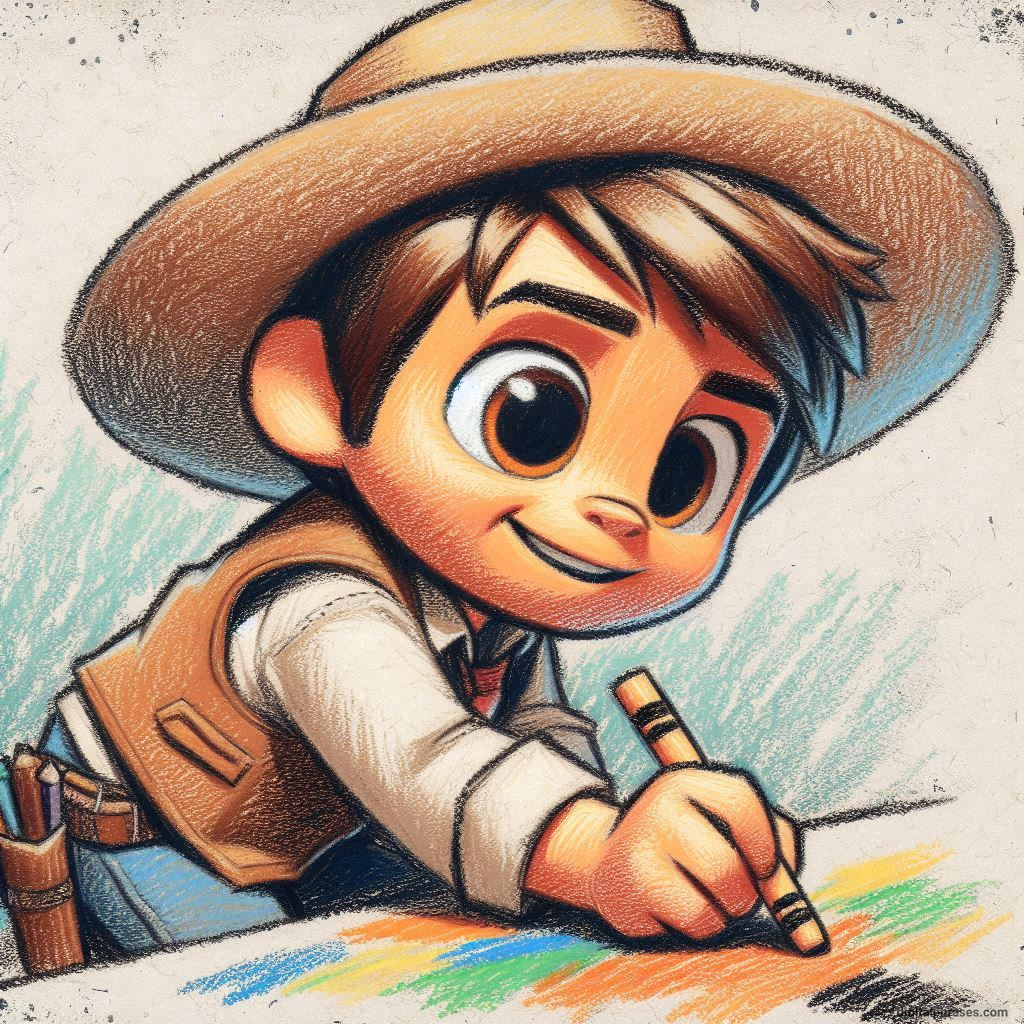
15

16

17

18
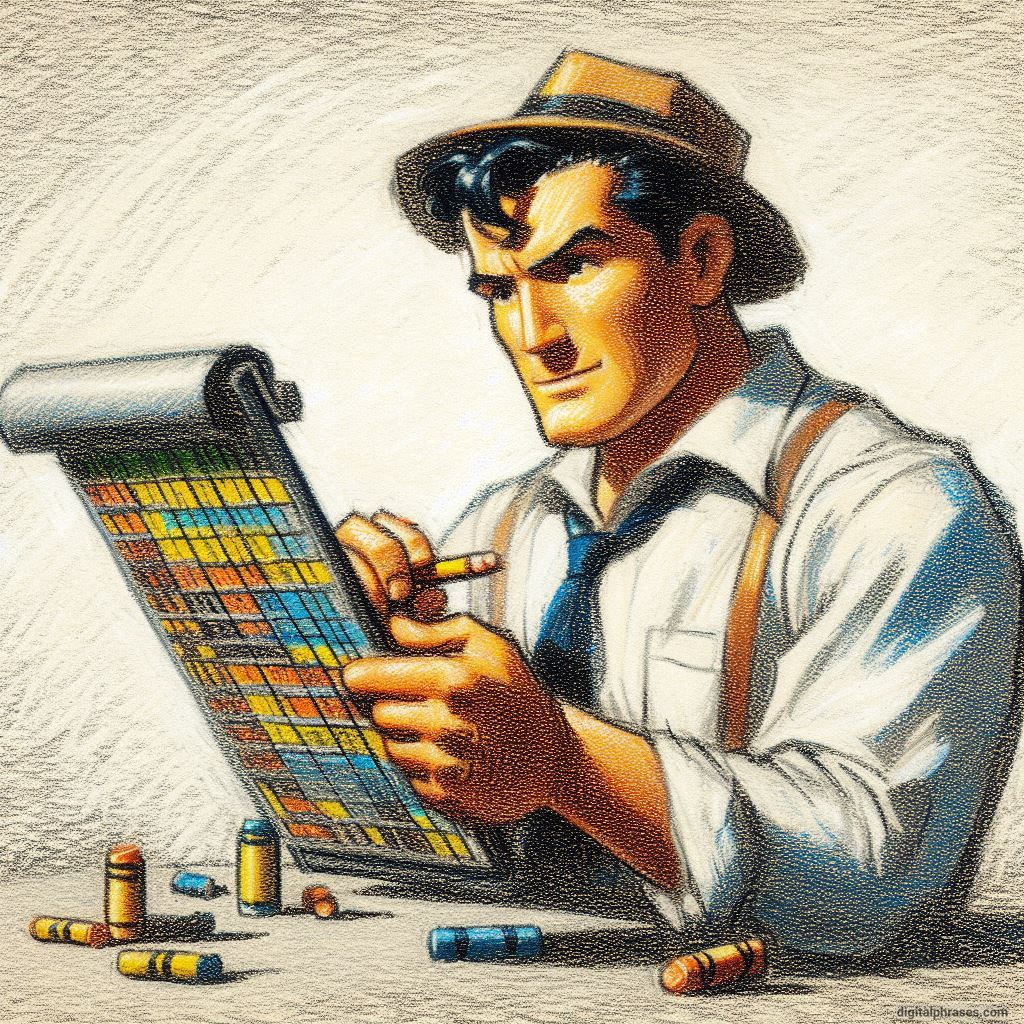
19
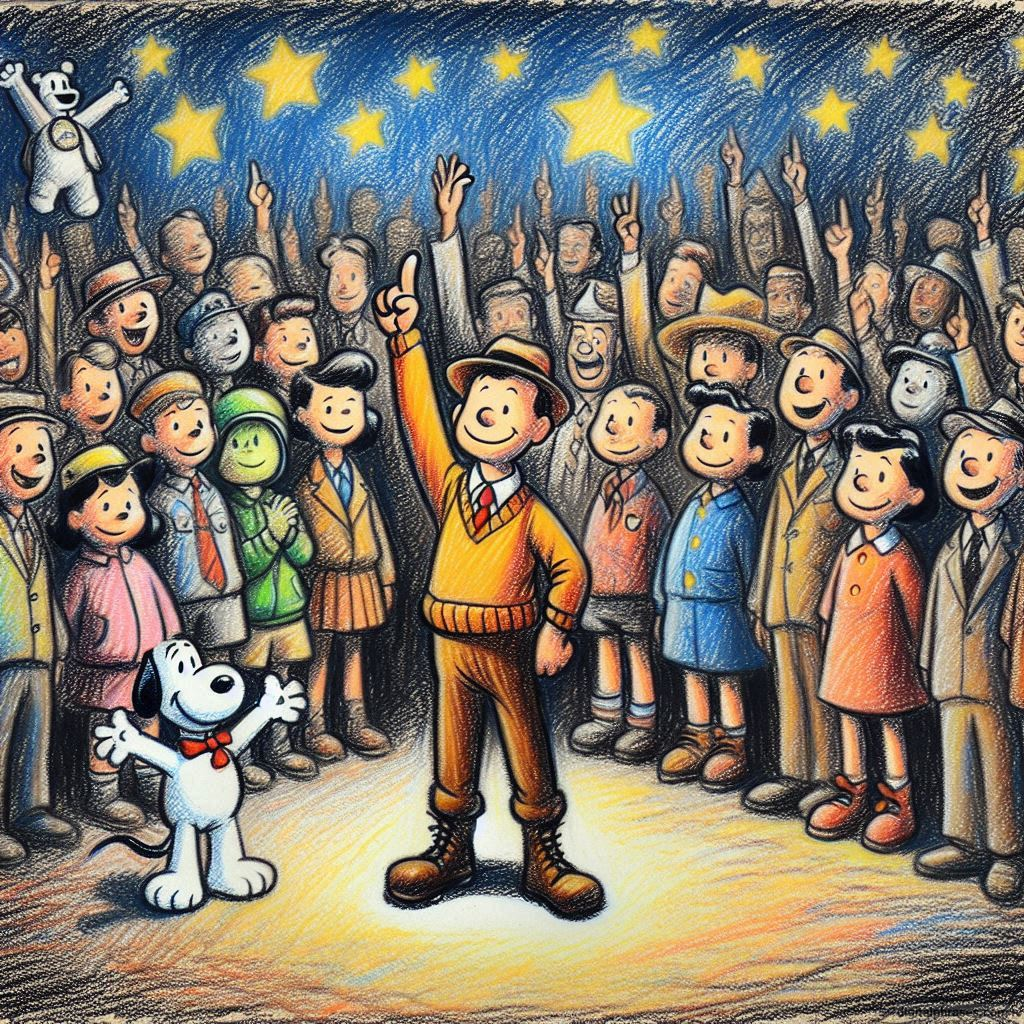
20
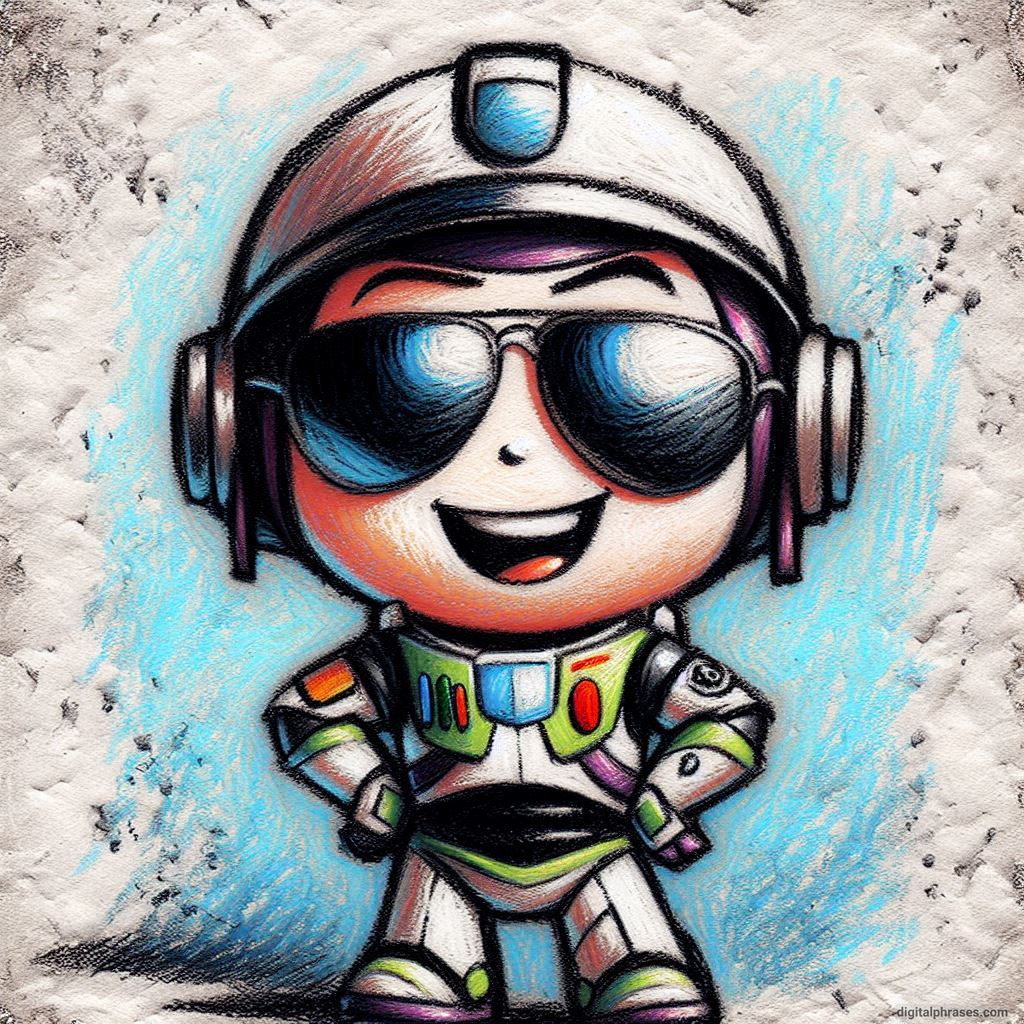
21

22

What To Keep In Mind While Drawing a Cartoon?
1. Understanding the Basics of Cartooning
Start with Simple Shapes
Every complex drawing begins with simple shapes. Circles, squares, triangles, and ovals are the building blocks of any cartoon. By mastering these basic shapes, you can construct more complex forms like faces, bodies, and scenes.
Practice Tip: Draw a variety of objects and characters using only basic shapes. This will help you understand form and proportion.
Exaggeration is Key
Cartoons thrive on exaggeration. Whether it’s the large eyes of a character, an oversized smile, or an impossibly tiny waist, exaggeration adds humor and personality. It allows you to emphasize certain traits and emotions, making your characters more relatable and engaging.
Practice Tip: Choose a character trait (like a big nose or giant ears) and exaggerate it in different ways. Observe how it changes the character’s personality.
2. Designing Characters
Develop Unique Features
Creating characters that stand out is crucial. Unique features, like a distinct hairstyle, quirky glasses, or a peculiar clothing style, can make your character memorable.
Practice Tip: Sketch a basic character and then modify different aspects like hair, eyes, and clothes. Experiment until you find a combination that feels unique.
Expressive Faces and Body Language
The face and body language convey the character’s emotions and personality. Mastering this aspect will allow you to tell stories visually without relying on words.
Practice Tip: Draw a series of facial expressions, from happiness to anger to surprise. Additionally, practice poses that match these emotions, as body language often complements facial expressions.
Character Consistency
Maintaining consistency in your characters is important, especially if they appear multiple times in a strip or series. Consistency in features, proportions, and style ensures that your audience recognizes the character instantly.
Practice Tip: Draw your character from different angles and in various poses to ensure that their design remains consistent.
3. Creating Engaging Storylines
Story is King
Even the best-drawn cartoons need a compelling story. Your narrative could be a simple gag or a more complex tale. It should have a clear beginning, middle, and end, even if it’s a single-panel cartoon.
Practice Tip: Start by writing short storylines or scripts for your cartoons. Focus on clarity and humor.
Relatability and Humor
Cartoons often resonate with audiences because they reflect relatable situations or human truths, albeit in a humorous way. Think about everyday occurrences that people might find amusing or thought-provoking.
Practice Tip: Keep a sketchbook to jot down funny incidents or observations from daily life. These can serve as inspiration for future cartoons.
4. Mastering Cartoon Techniques
Line Quality and Variation
The quality of your lines can add depth and interest to your cartoons. Thick lines can convey strength, while thin lines might suggest delicacy or fragility.
Practice Tip: Use different pen or brush sizes to practice varying your line thickness. Experiment with pressure to see how it affects the line.
Shading and Texture
Though cartoons are often simplistic, adding shading and texture can give your drawings depth and dimension. It helps in setting the mood and highlighting certain areas.
Practice Tip: Use cross-hatching, stippling, or simple shading to add texture and depth to your drawings.
Color Usage
While some cartoons work well in black and white, color can add a new dimension to your work. The right color palette can convey mood, draw attention, and create harmony in your cartoon.
Practice Tip: Experiment with different color schemes. Consider how colors affect the mood and perception of your cartoon.
5. Tools and Materials
Choosing Your Tools
Cartooning can be done with a variety of tools, from traditional pencils and ink to digital tablets and software. Each medium has its own advantages and challenges.
Practice Tip: Try different tools and materials to see which ones you’re most comfortable with. Many artists find a combination of traditional and digital tools to be most effective.
Setting Up a Workspace
A comfortable and organized workspace can significantly affect your productivity and creativity. Ensure you have good lighting, a clean desk, and easy access to your tools.
Practice Tip: Organize your workspace to minimize distractions and keep your tools within arm’s reach.
6. Finding Inspiration and Developing Style
Study Other Artists
Studying the work of other cartoonists can provide inspiration and insight into different styles and techniques. Observe how they construct their cartoons, use lines, and convey stories.
Practice Tip: Analyze cartoons you admire. Break them down to understand the techniques used and how you might incorporate similar ideas into your work.
Experiment with Styles
Every artist has a unique style that evolves over time. Don’t be afraid to experiment with different styles to find what works best for you.
Practice Tip: Try replicating different cartoon styles, then blend elements you like into your own work to create something new and unique.
7. Practicing Regularly
The Importance of Consistency
Like any skill, cartooning improves with practice. Regularly setting aside time to draw will help you refine your skills and develop your style.
Practice Tip: Set a schedule for drawing, even if it’s just 15 minutes a day. Over time, this consistency will lead to significant improvements.
Joining Communities
Engaging with a community of fellow artists can provide support, feedback, and inspiration. Online forums, social media groups, or local art clubs are great places to connect.
Practice Tip: Share your work with others and seek constructive feedback. This can offer new perspectives and help you grow as an artist.
8. Overcoming Challenges
Dealing with Artist’s Block
Artist’s block is a common challenge. When you’re stuck, try stepping away from your work or engaging in different creative activities to reignite your inspiration.
Practice Tip: Keep a list of ideas or prompts for days when inspiration is low. This can help kickstart your creativity.
Accepting Imperfection
No artist creates a masterpiece every time. Embrace mistakes as learning opportunities and allow yourself to experiment without fear of failure.
Practice Tip: Review your old work to see how far you’ve come. This can be encouraging and highlight areas for improvement.
Cartooning is a rewarding and expressive art form that combines humor, storytelling, and creativity.
By focusing on the fundamental aspects of drawing, character design, and storytelling, you can create engaging and memorable cartoons.
Remember that practice and perseverance are key to improving your skills.
Keep experimenting, stay inspired, and most importantly, have fun with the process.



